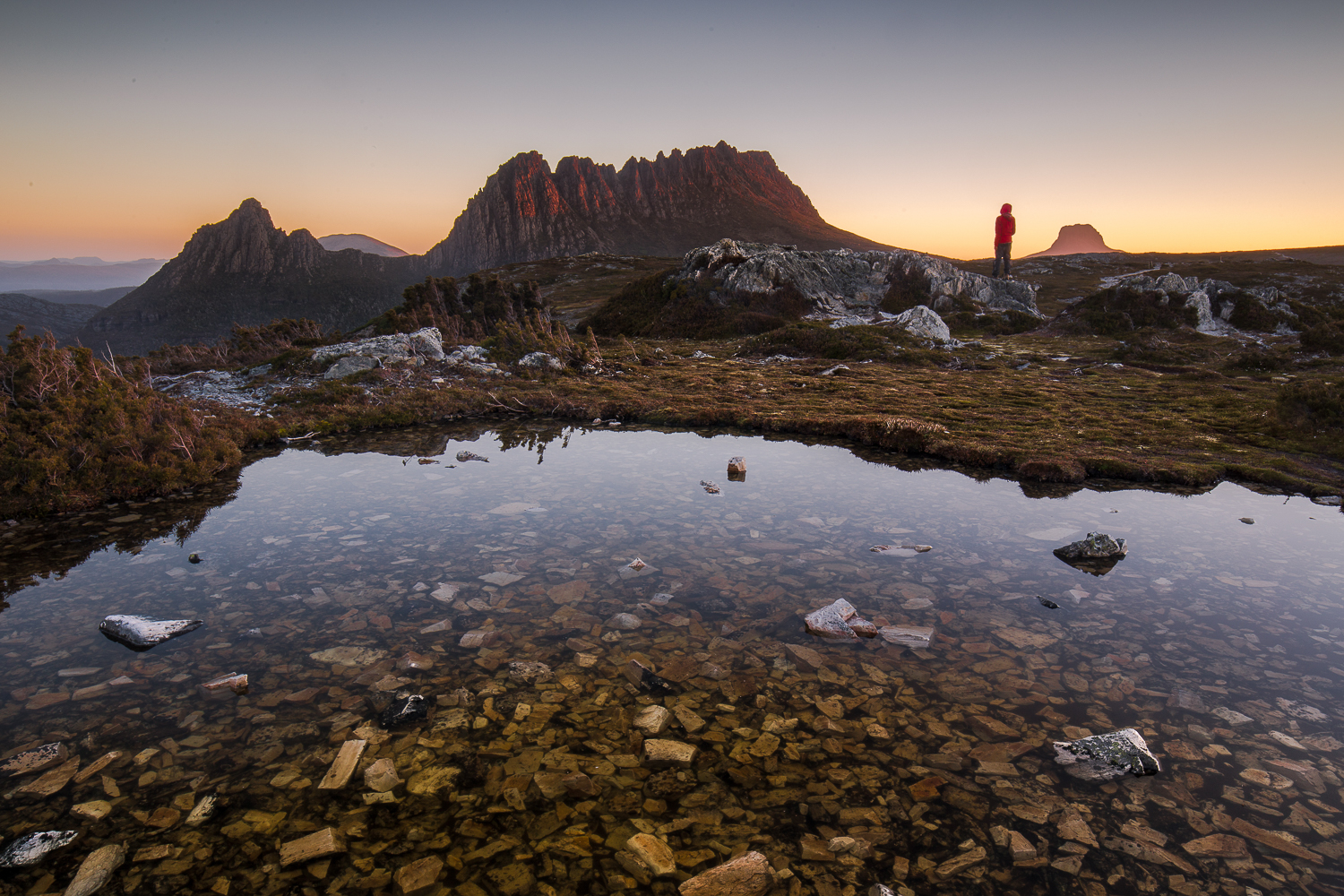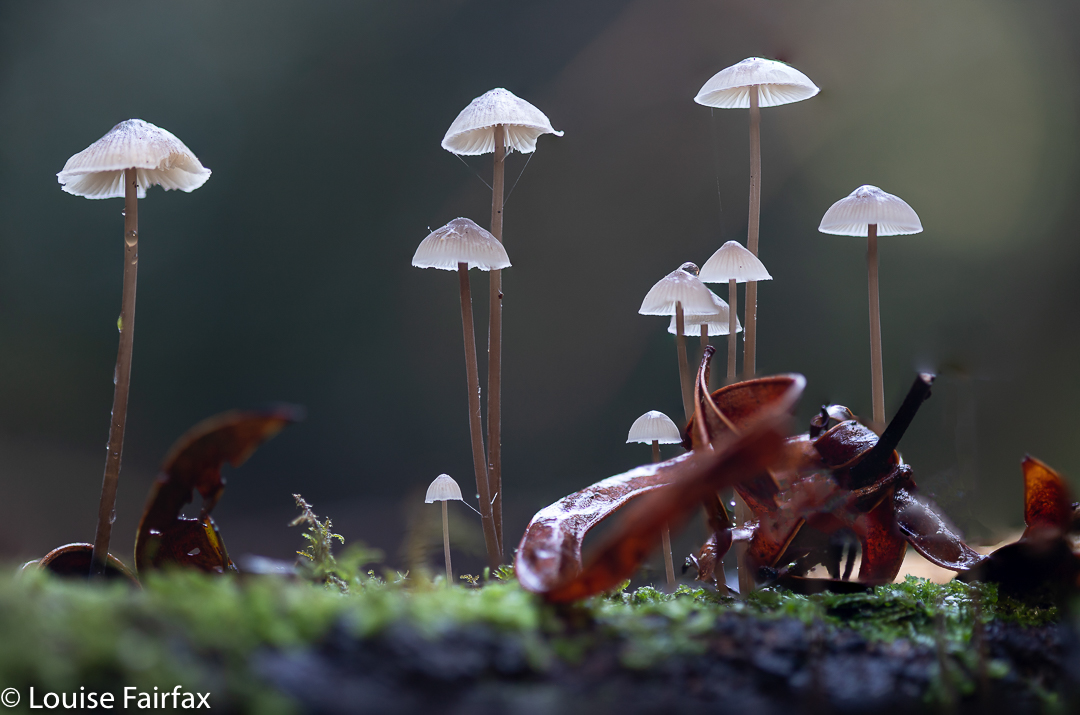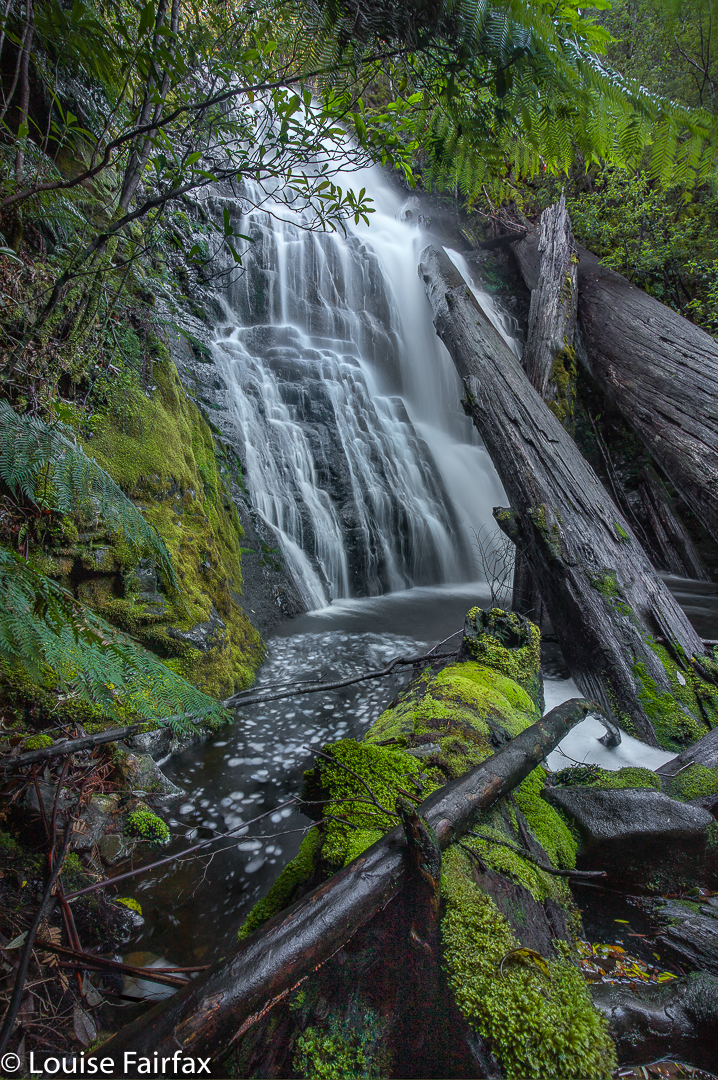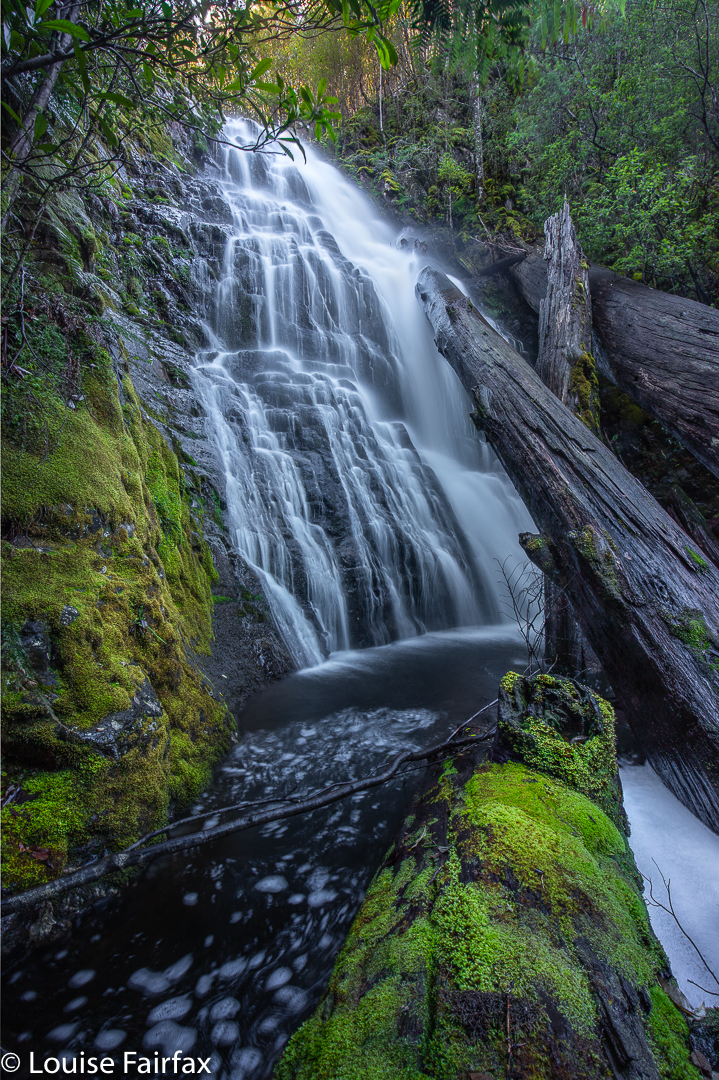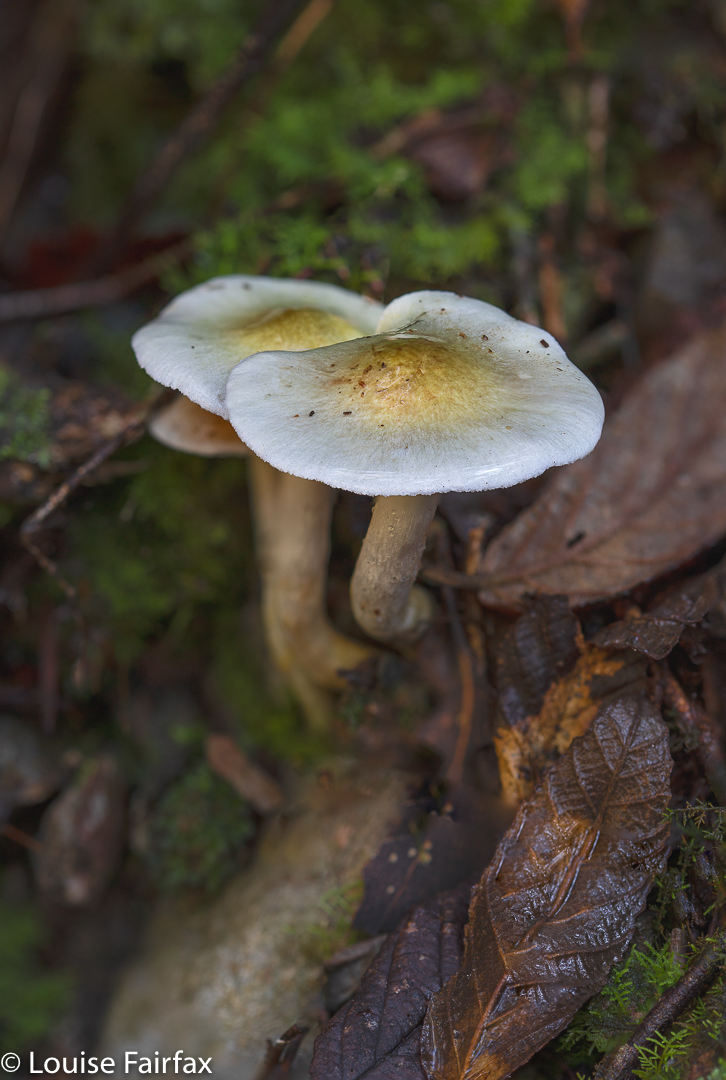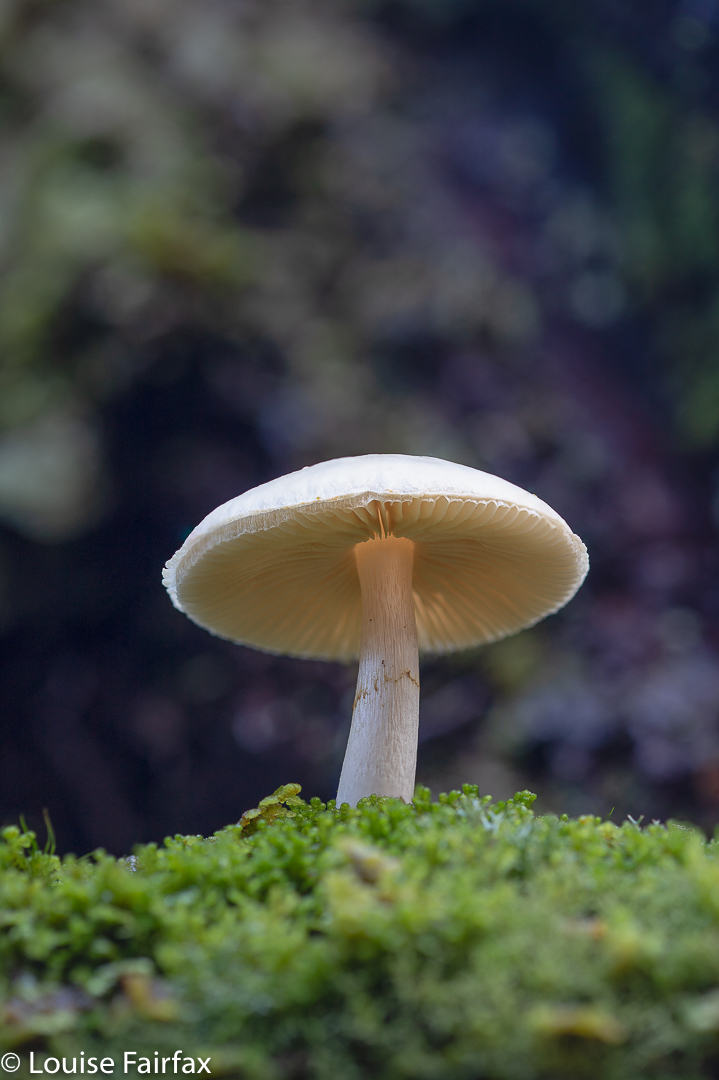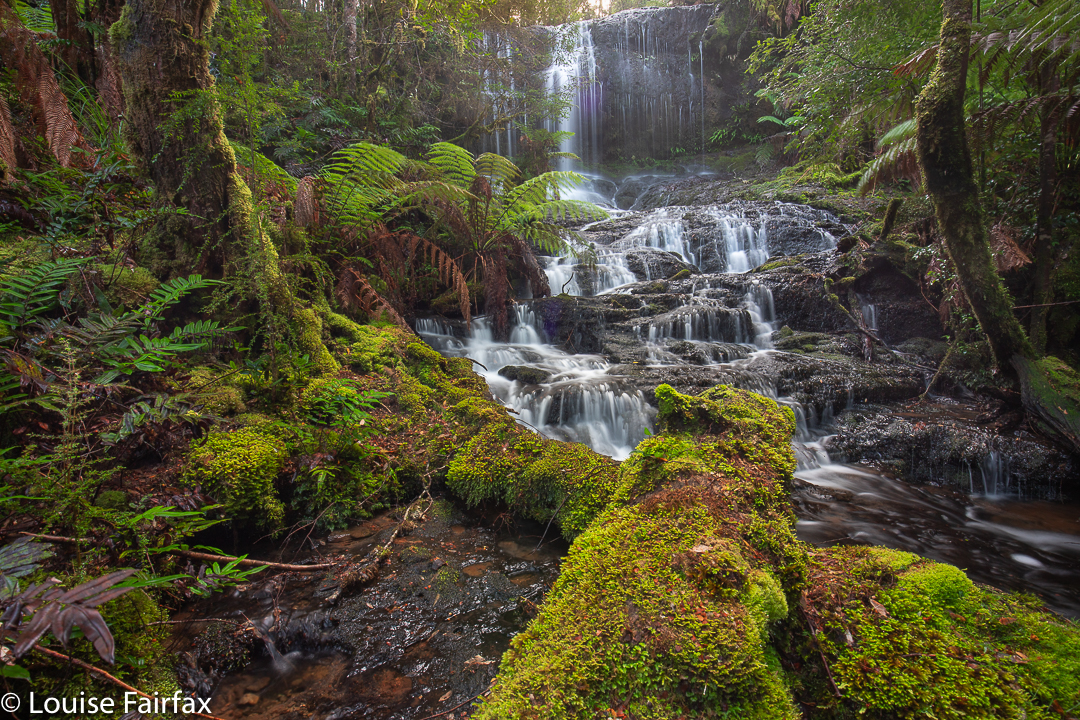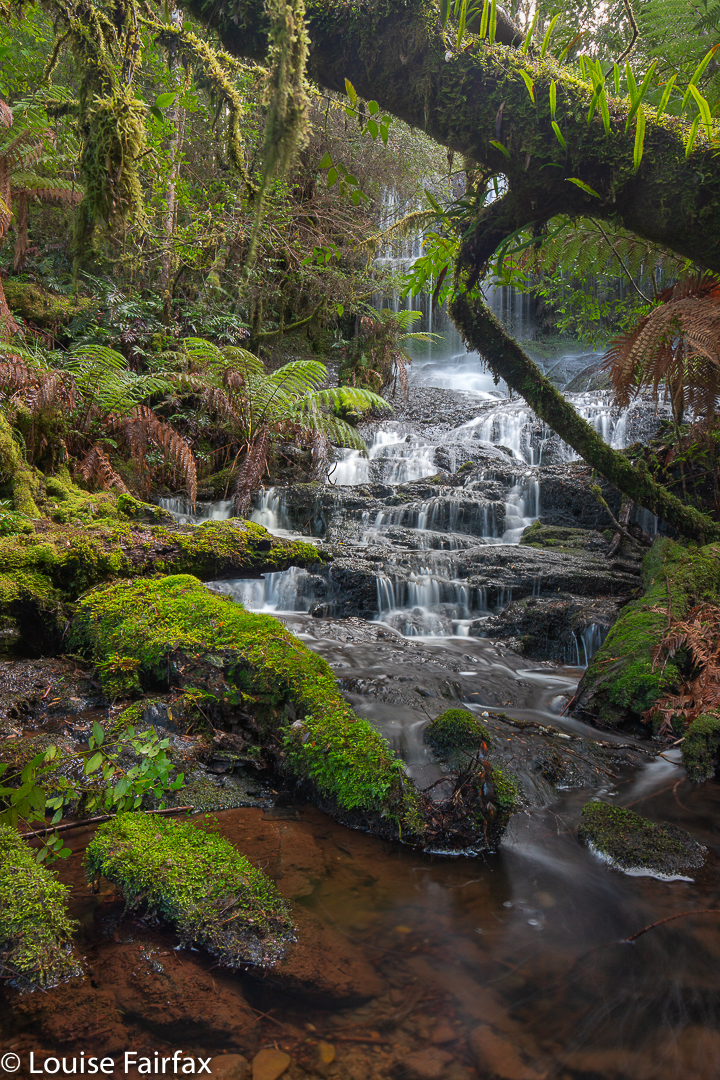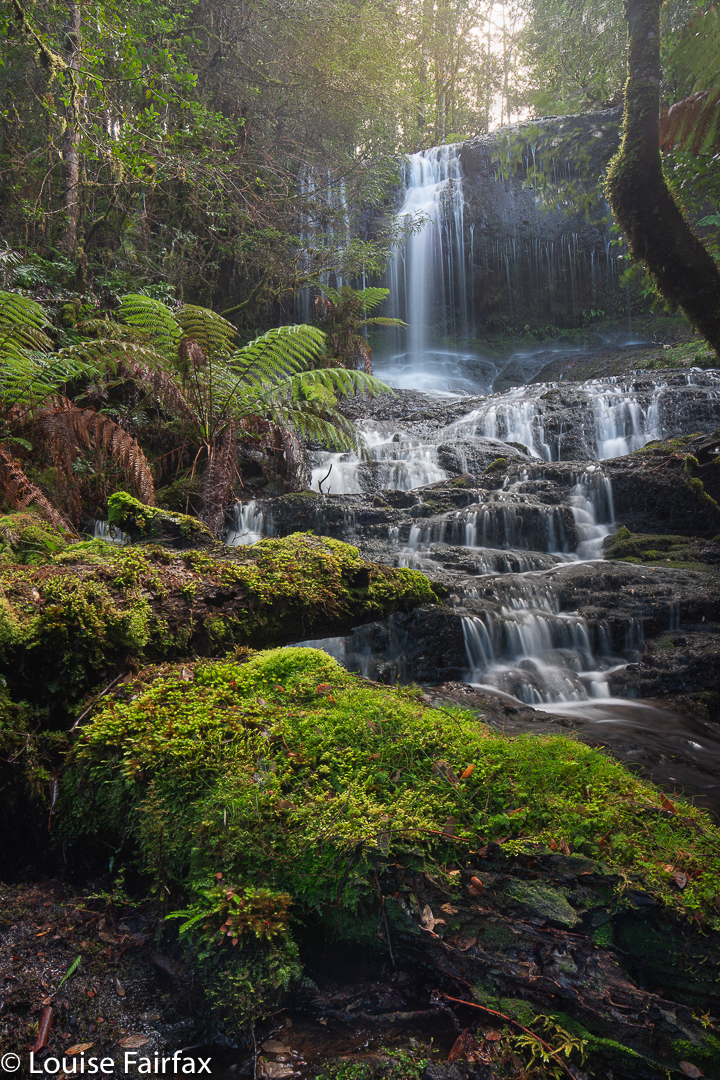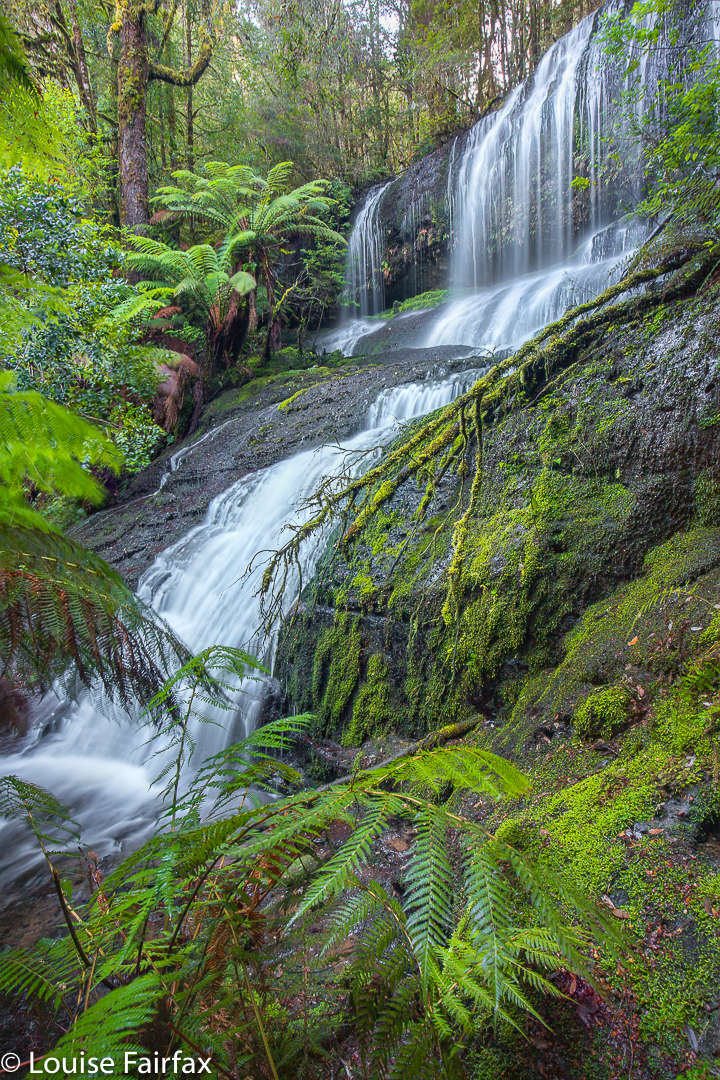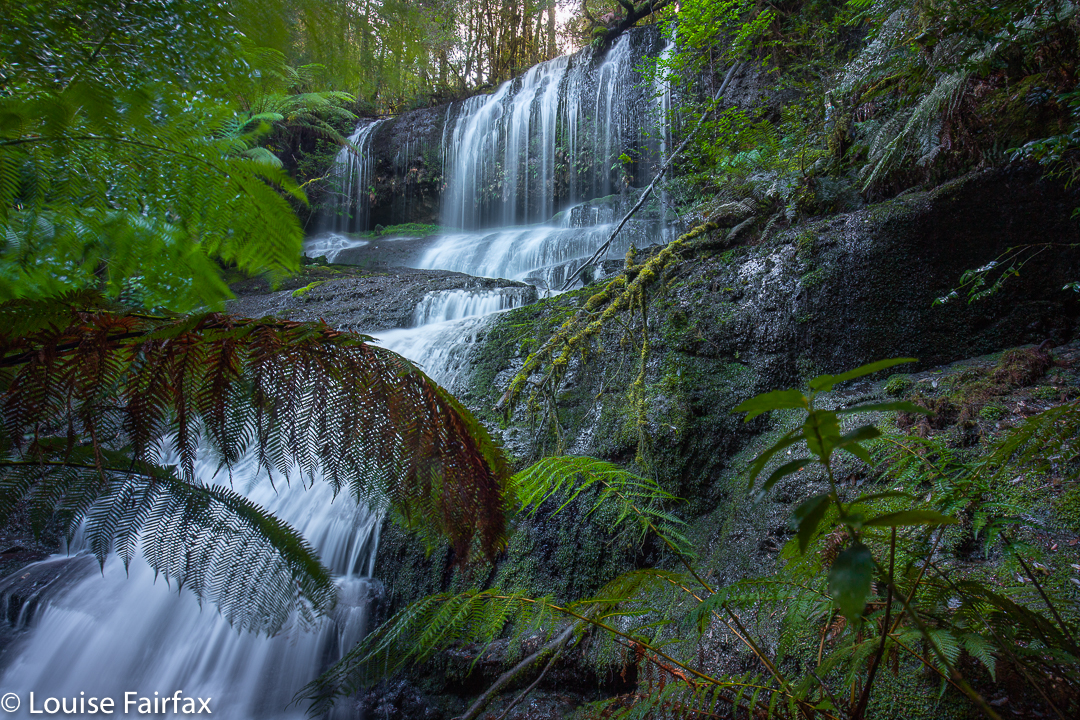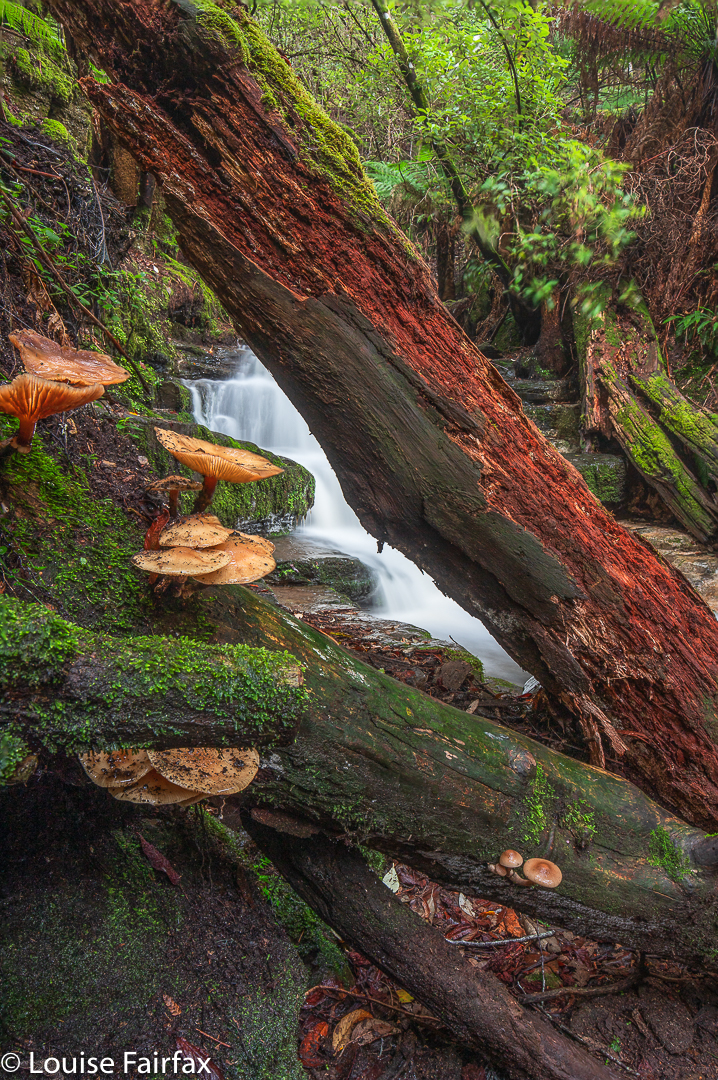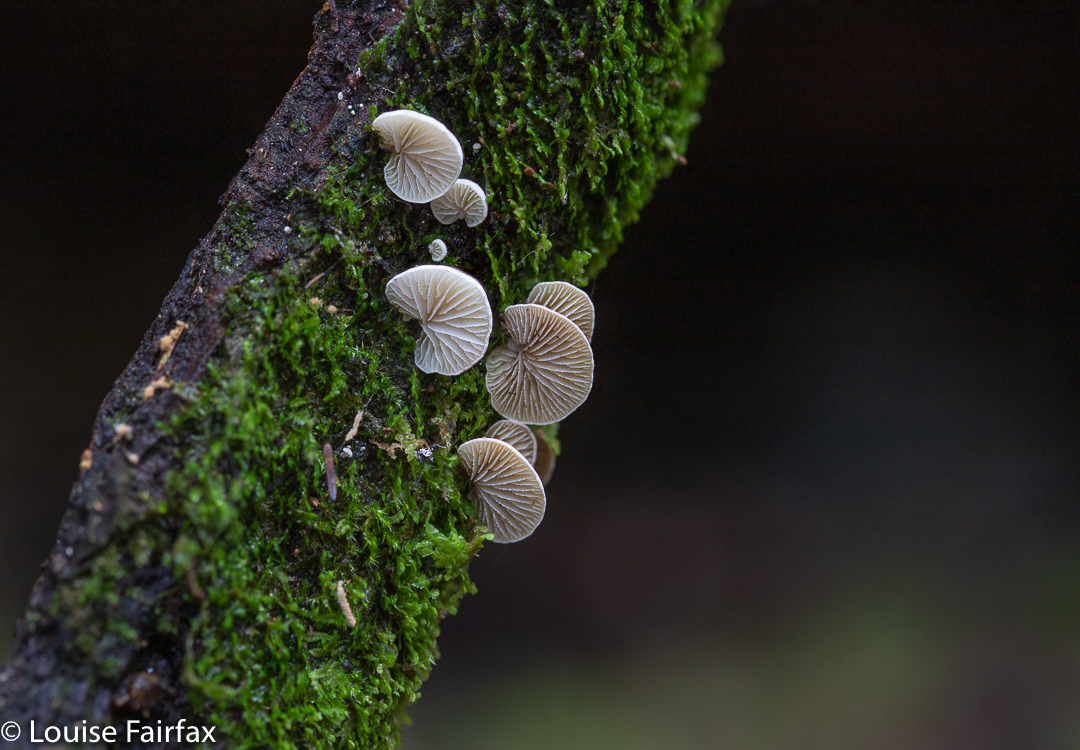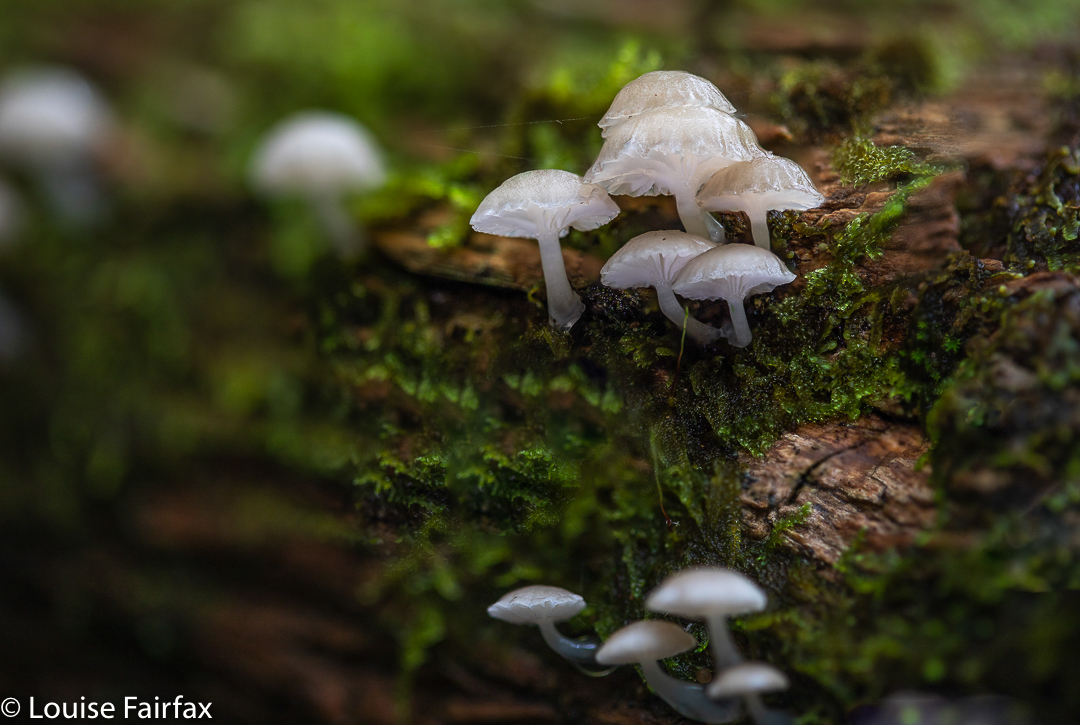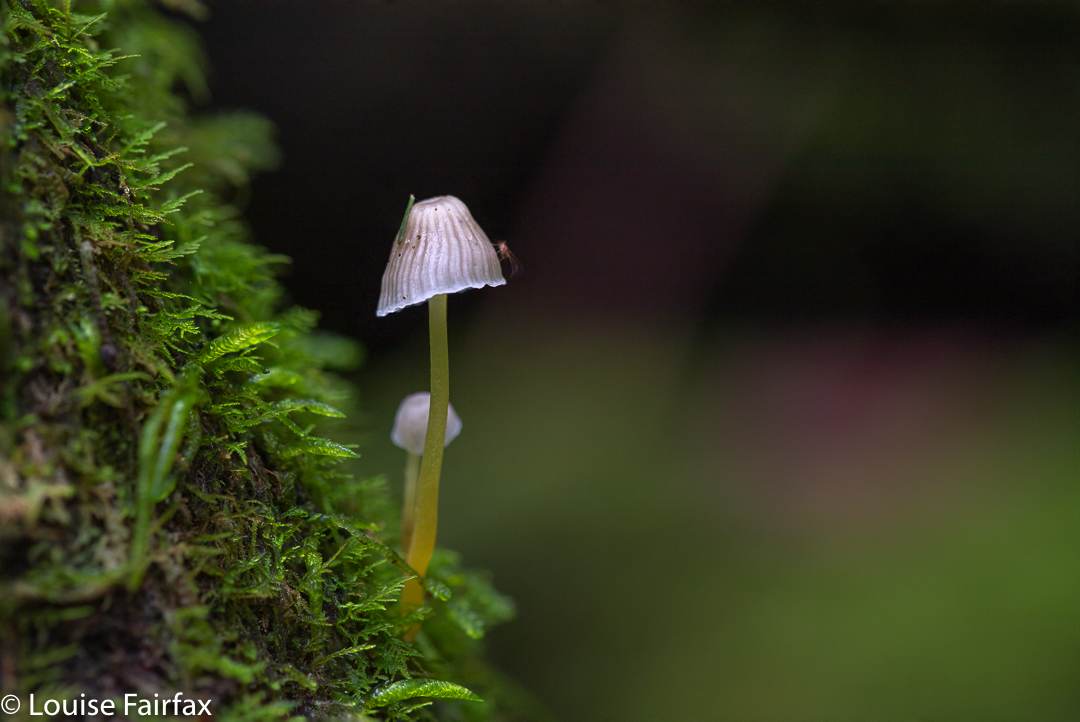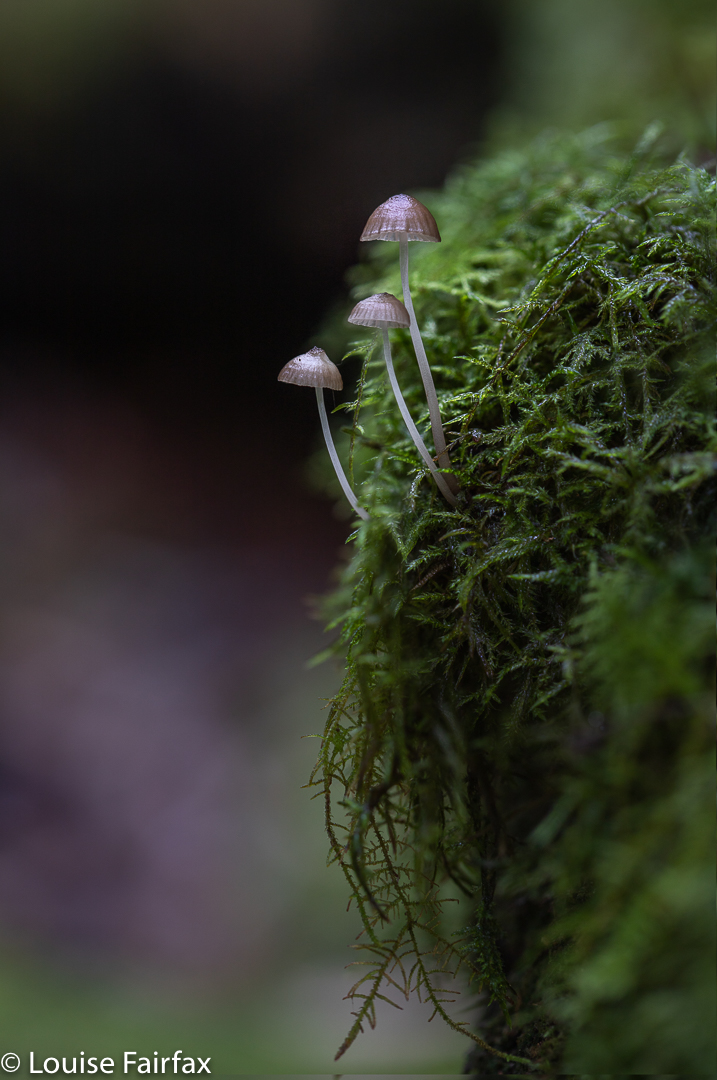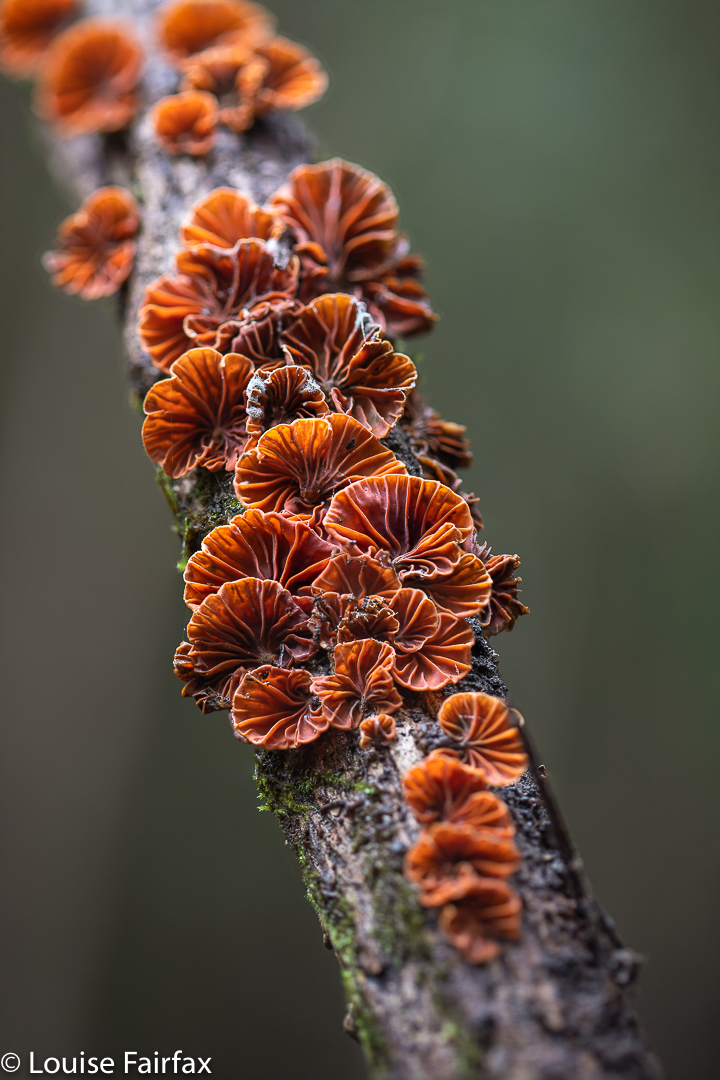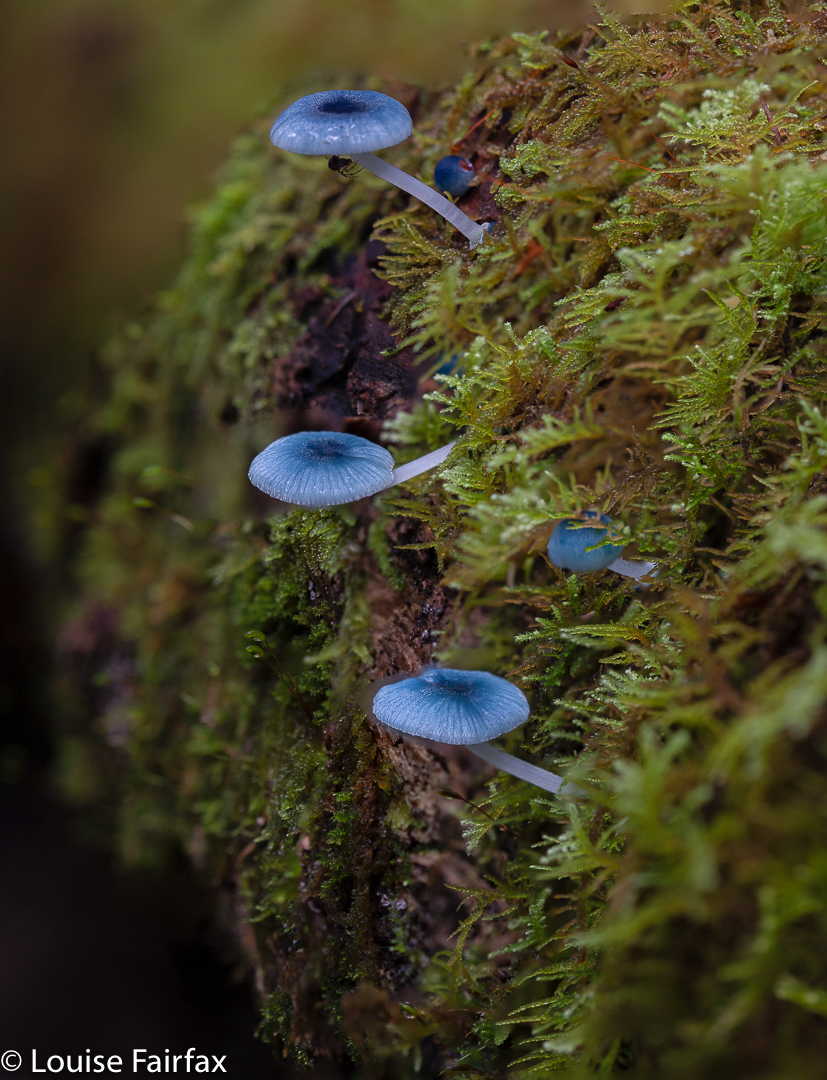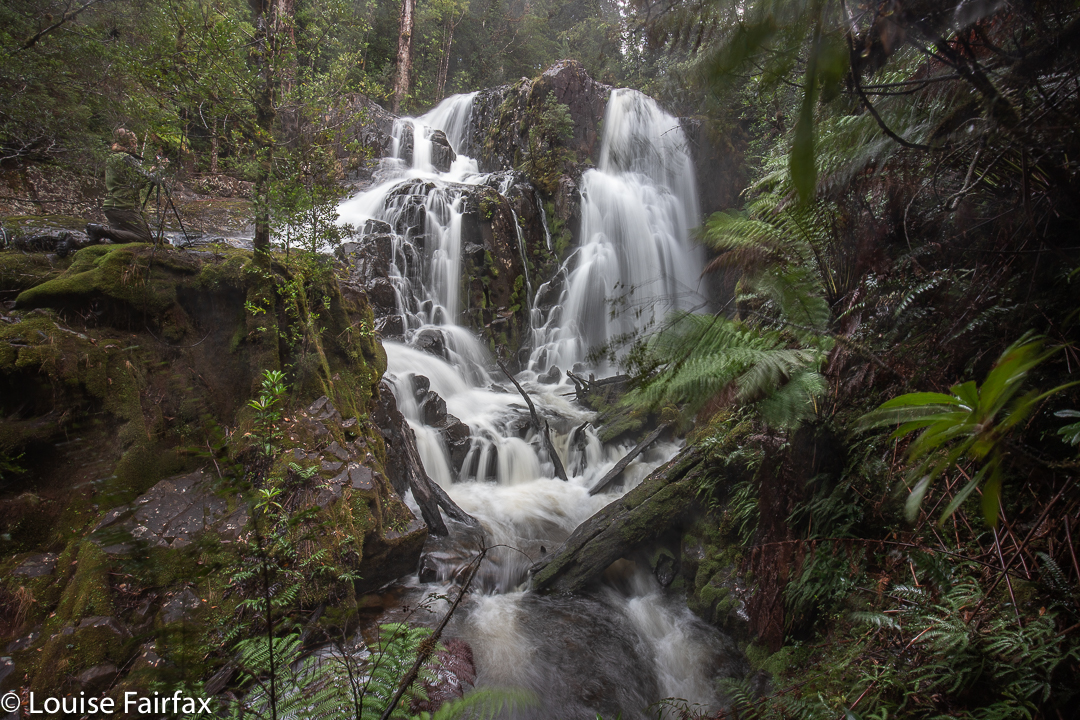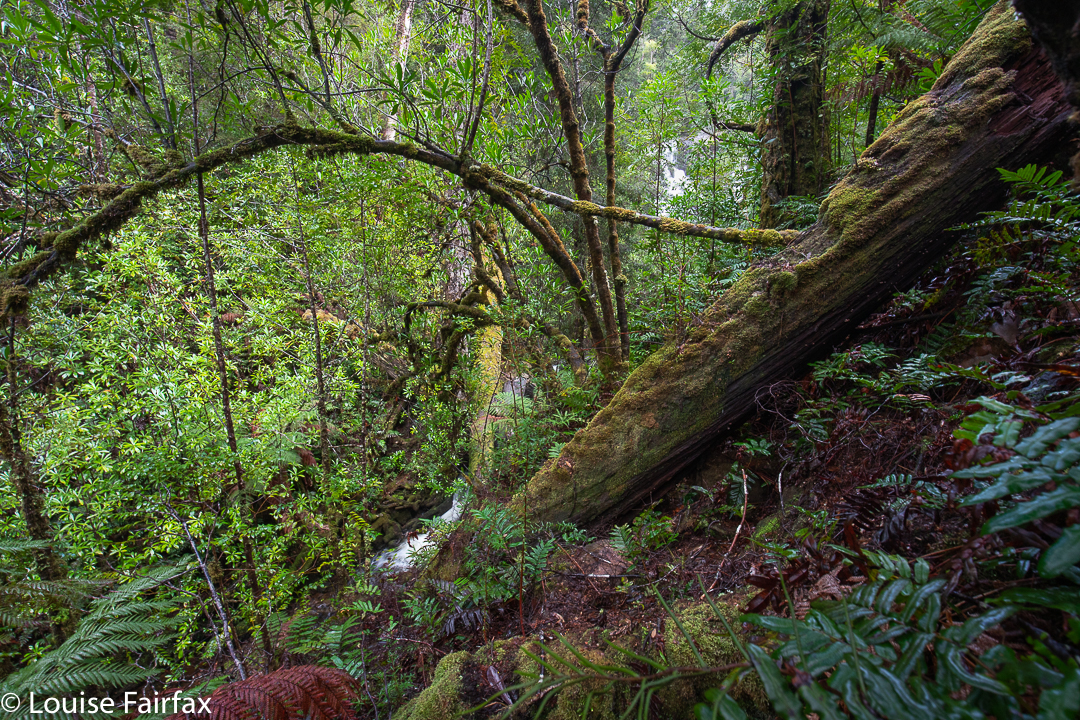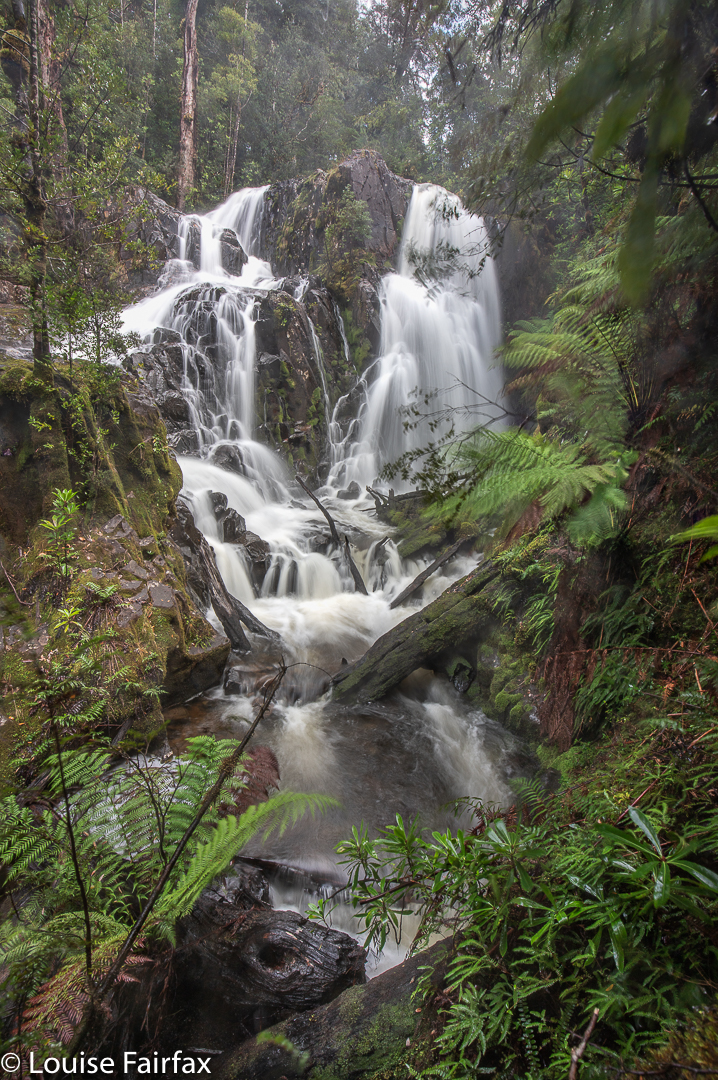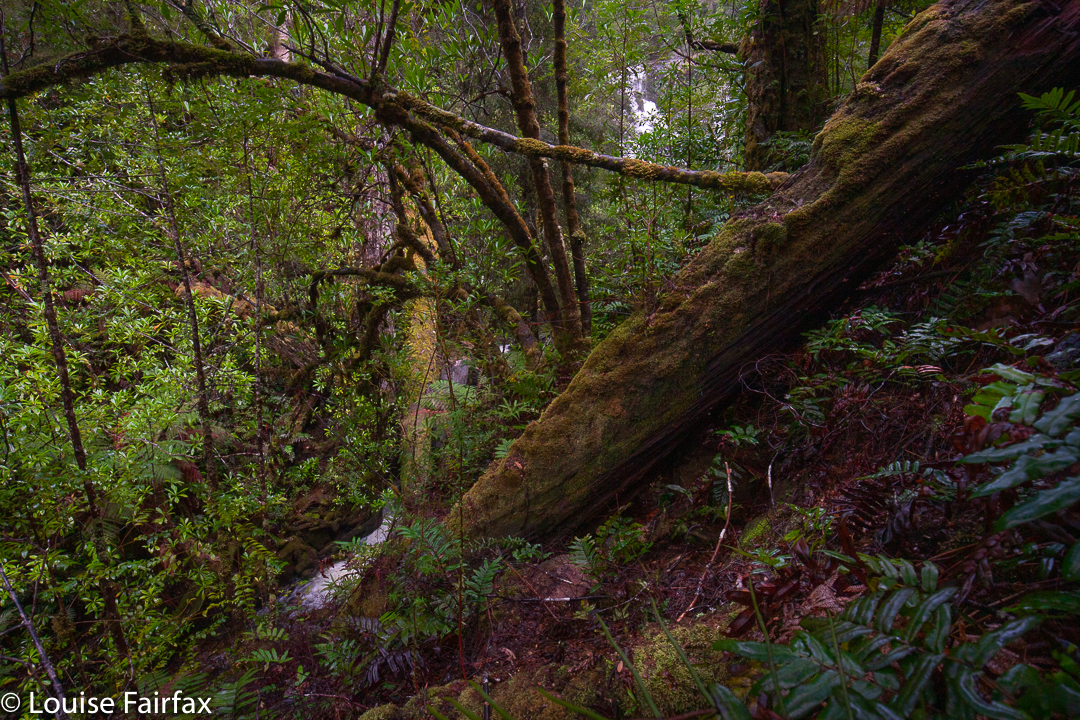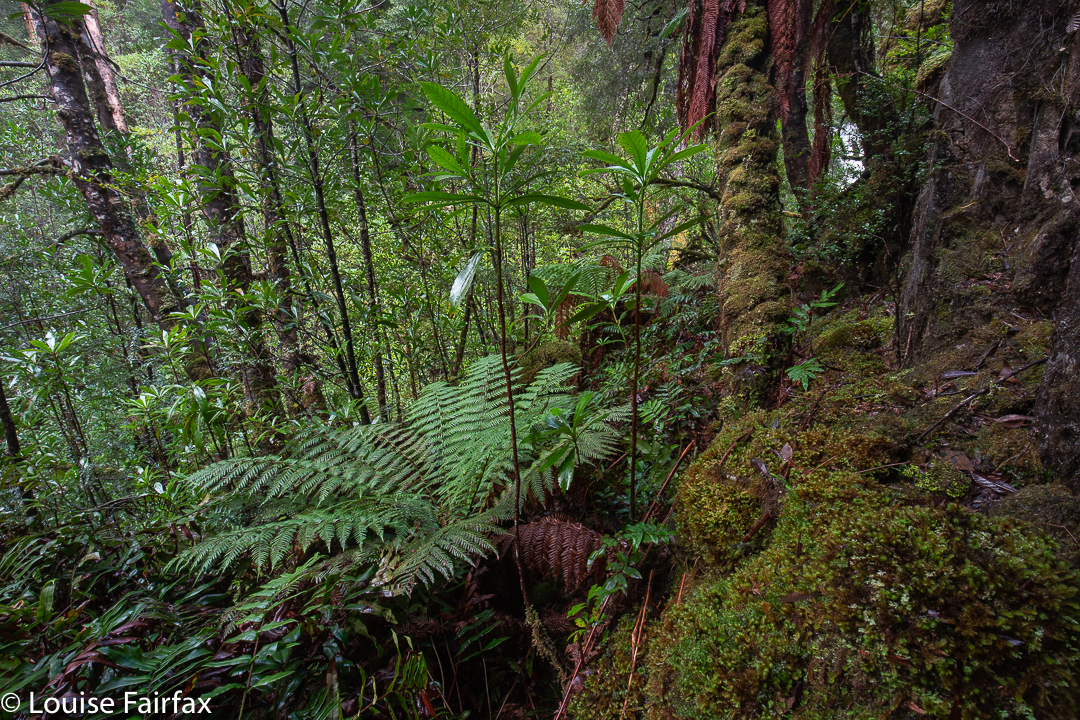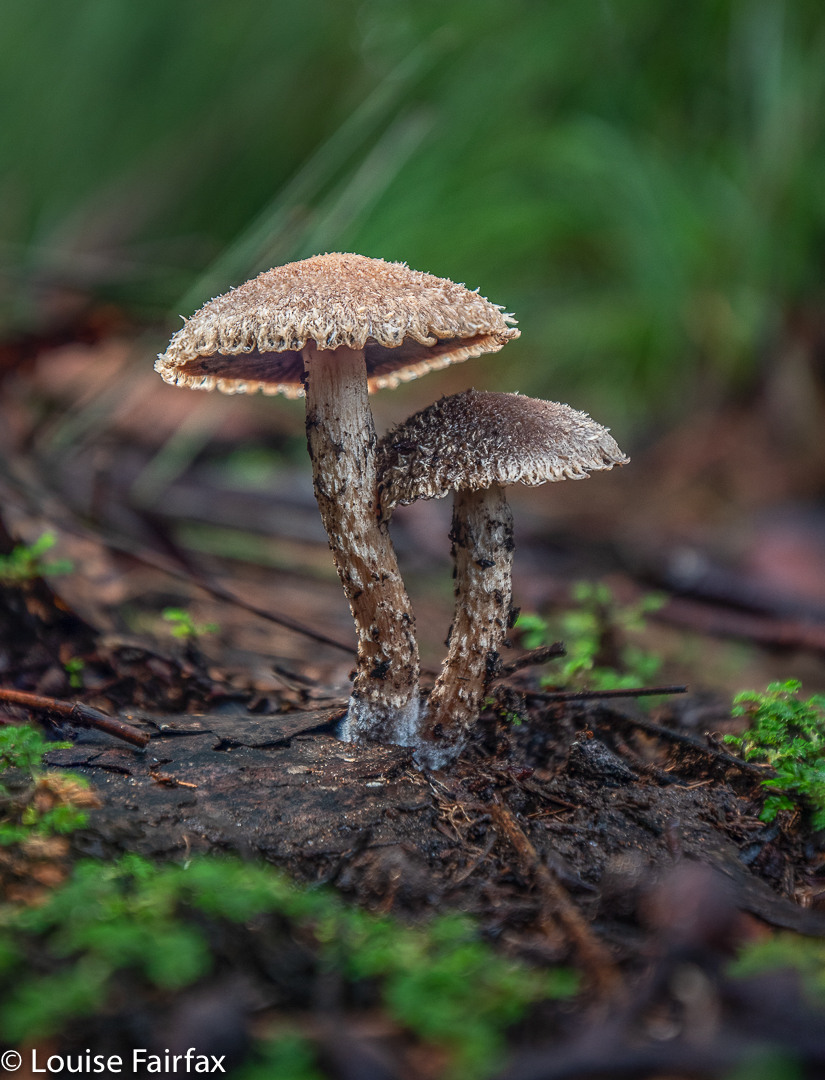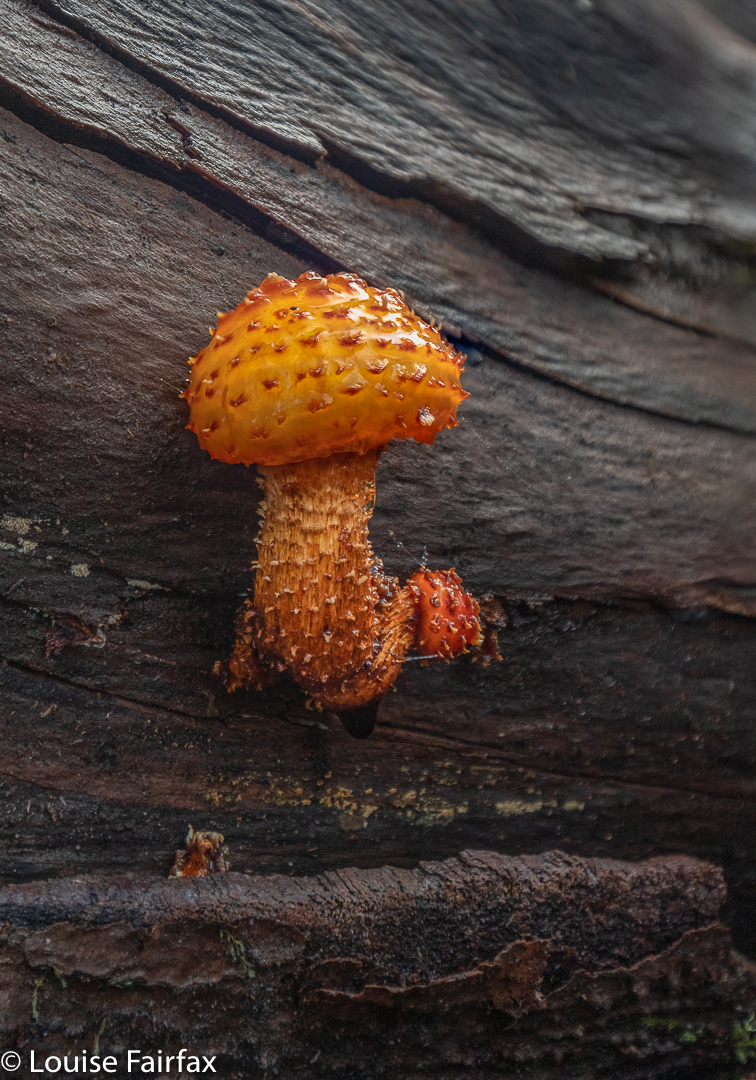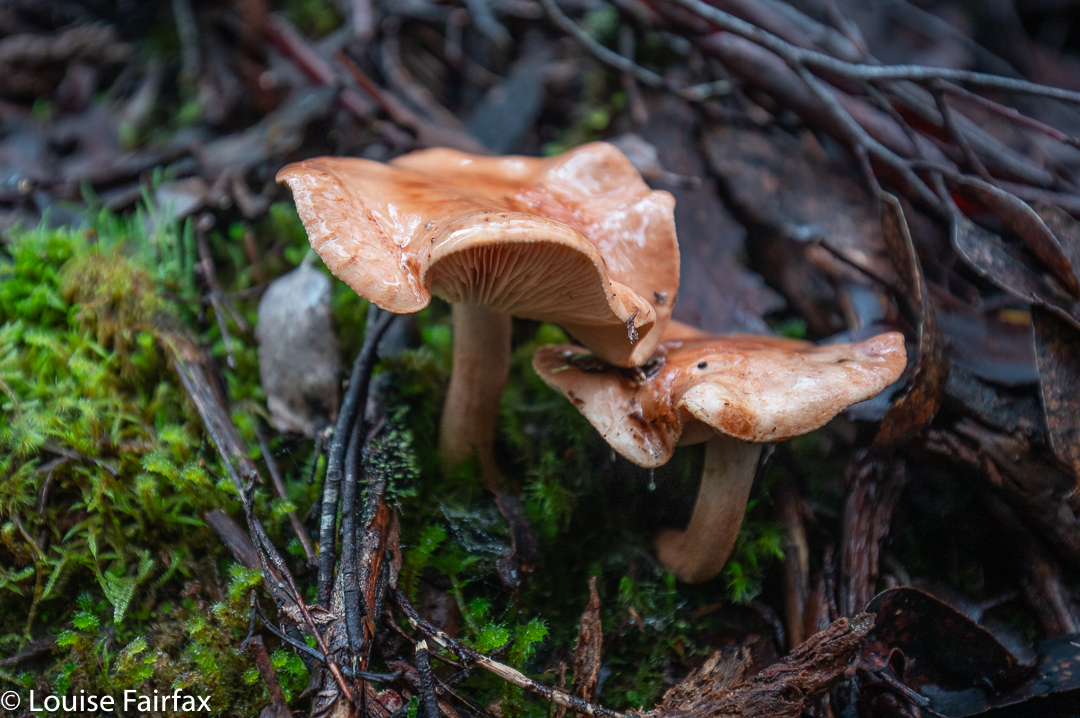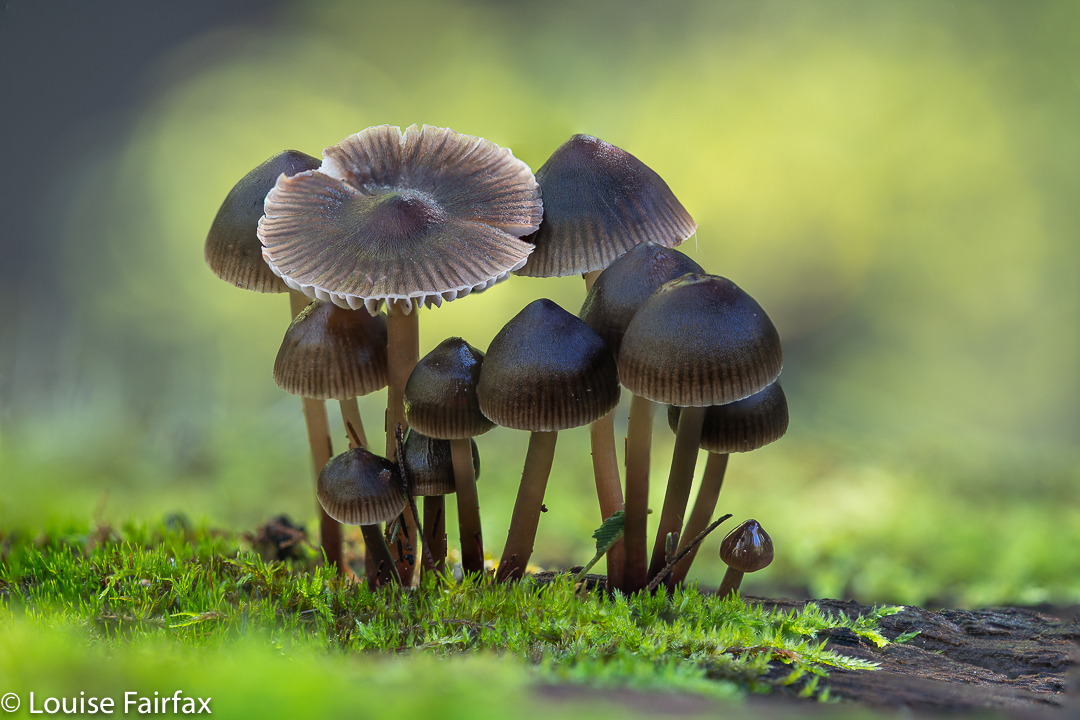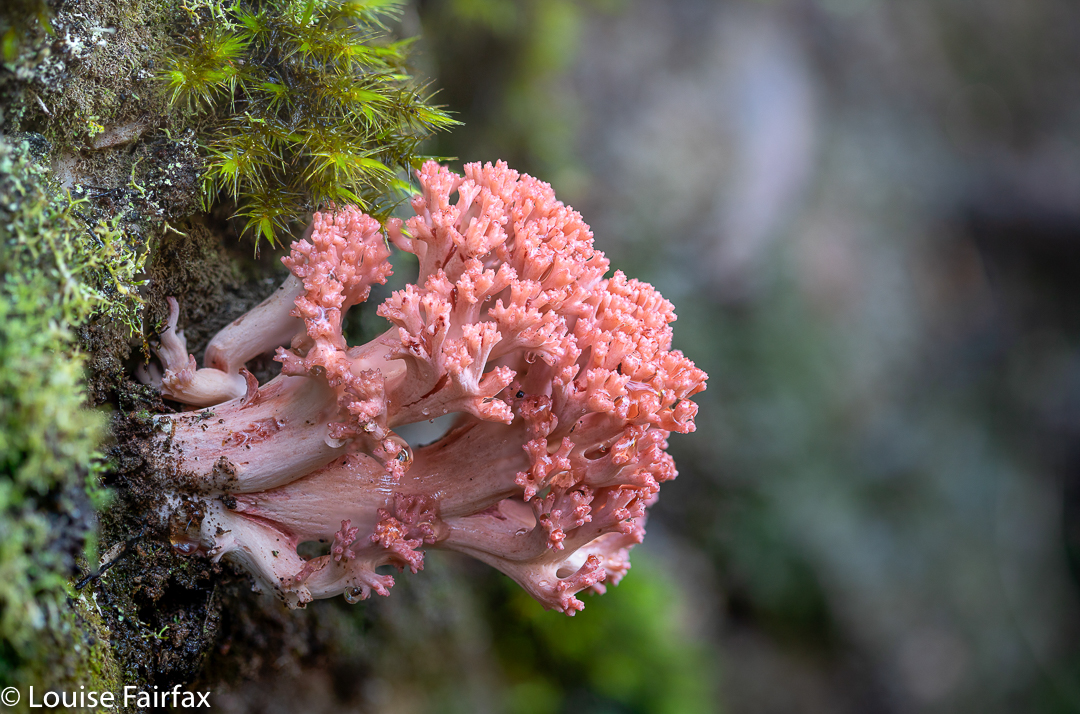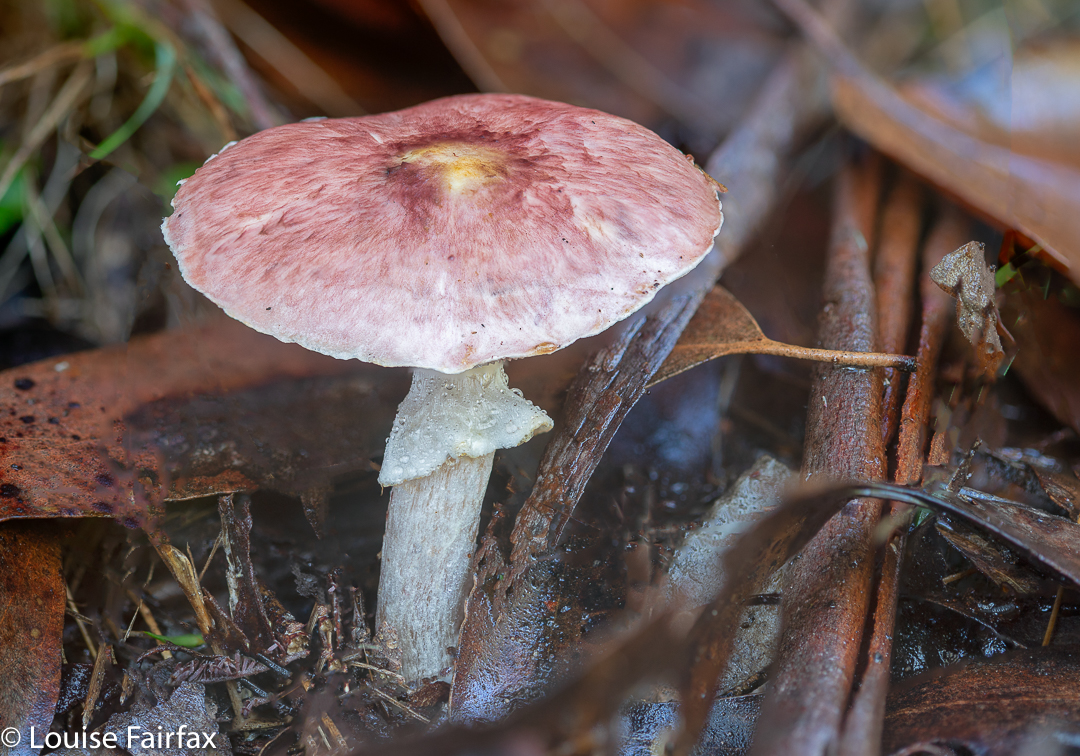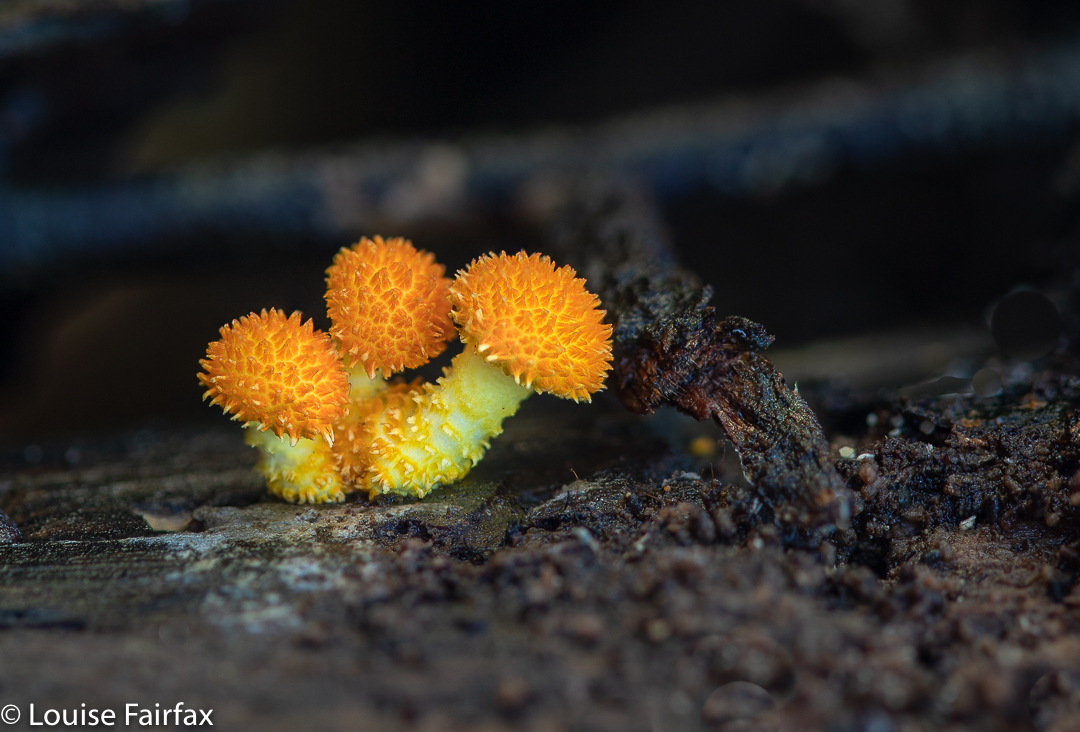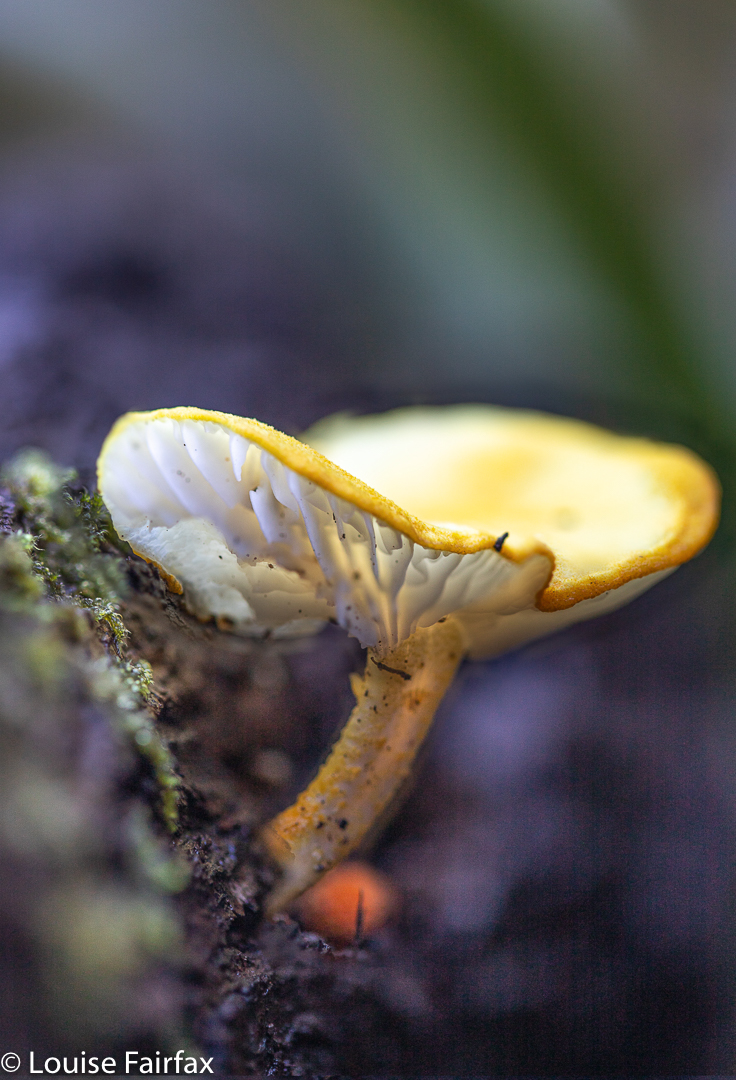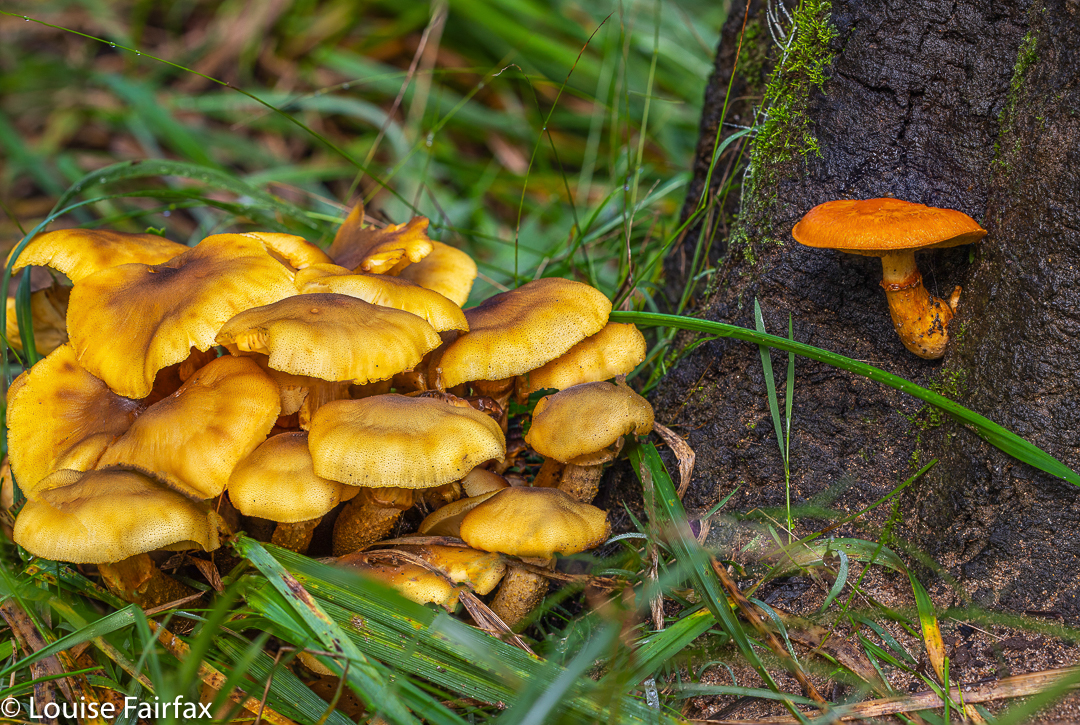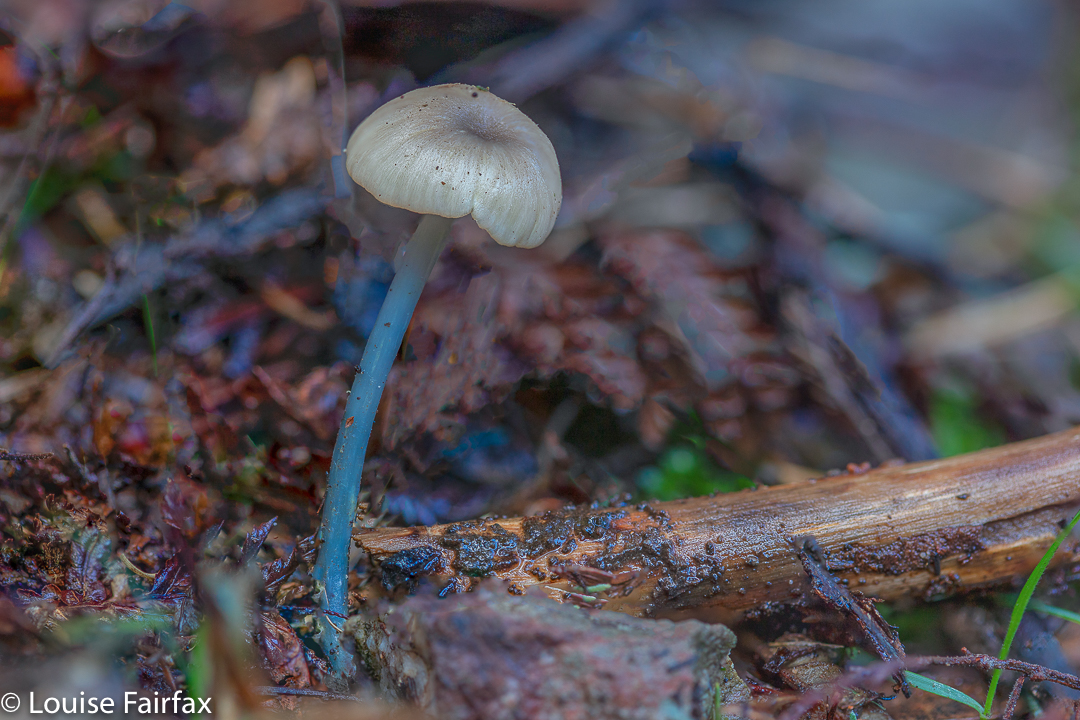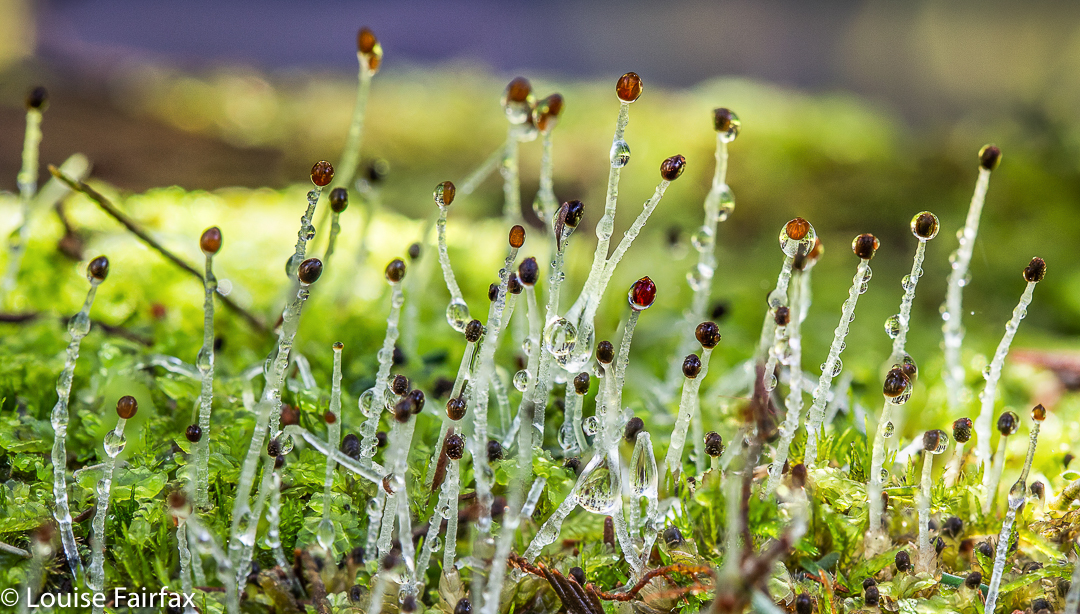Launceston’s Cataract Gorge is my playground. I can be found there every day of my life – unless I am up a mountain or off exploring some distant waterfall. The gorge is my “daily drag”, to which I owe much of my fitness. It is my sanity and my soul’s revival. Whilst my husband deteriorated with his illness, the quiet beauty of the land, the gurgle of the river, the pattern of flow as the river defined its daily course over boulders and smaller rocks, the tweets and songs of the birds … all these things brought me peace while my legs beat out the rhythm of my daily run. With that as medicine, I needed no other.
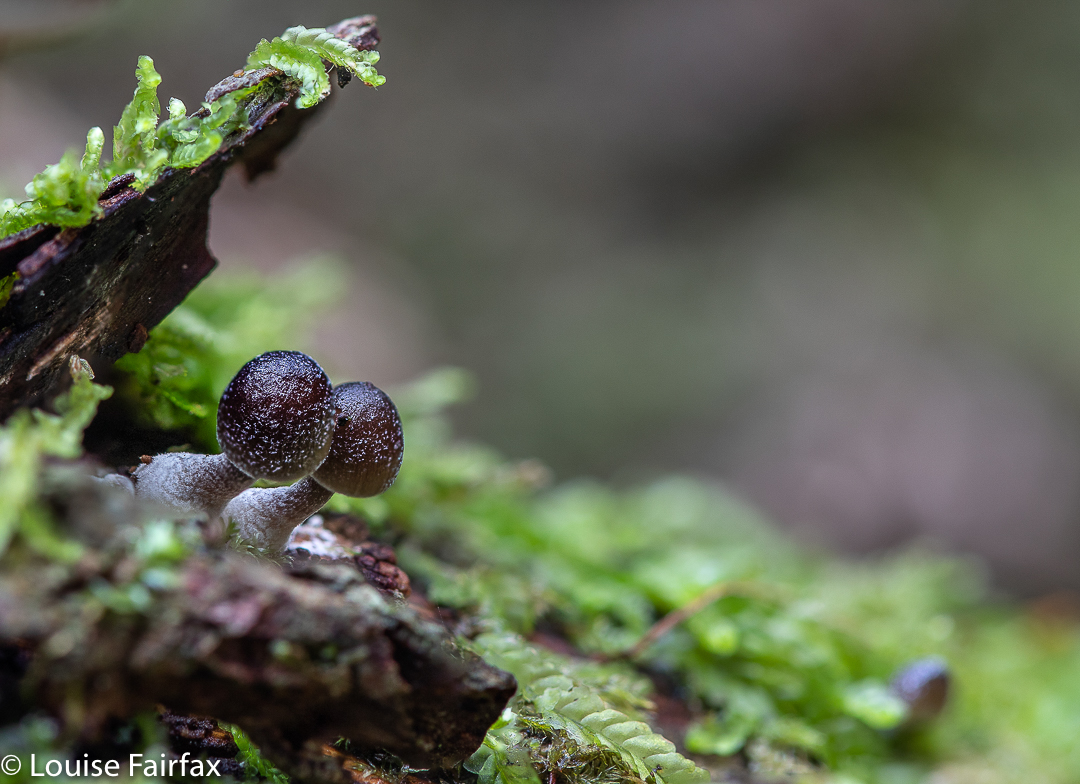
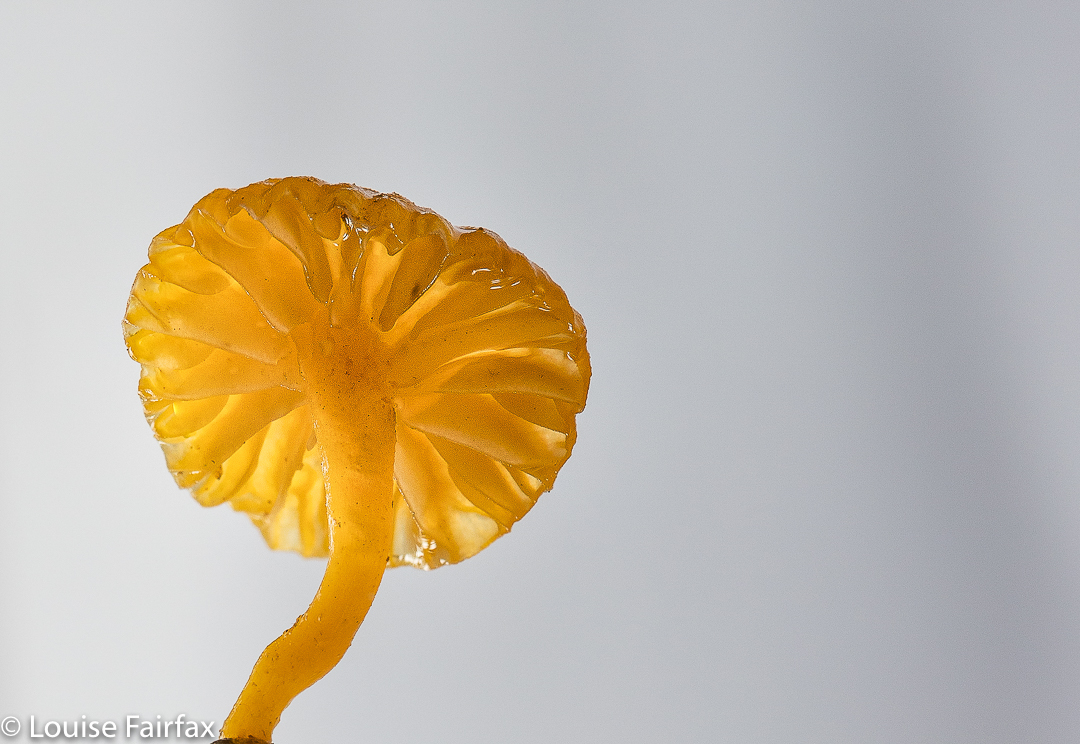
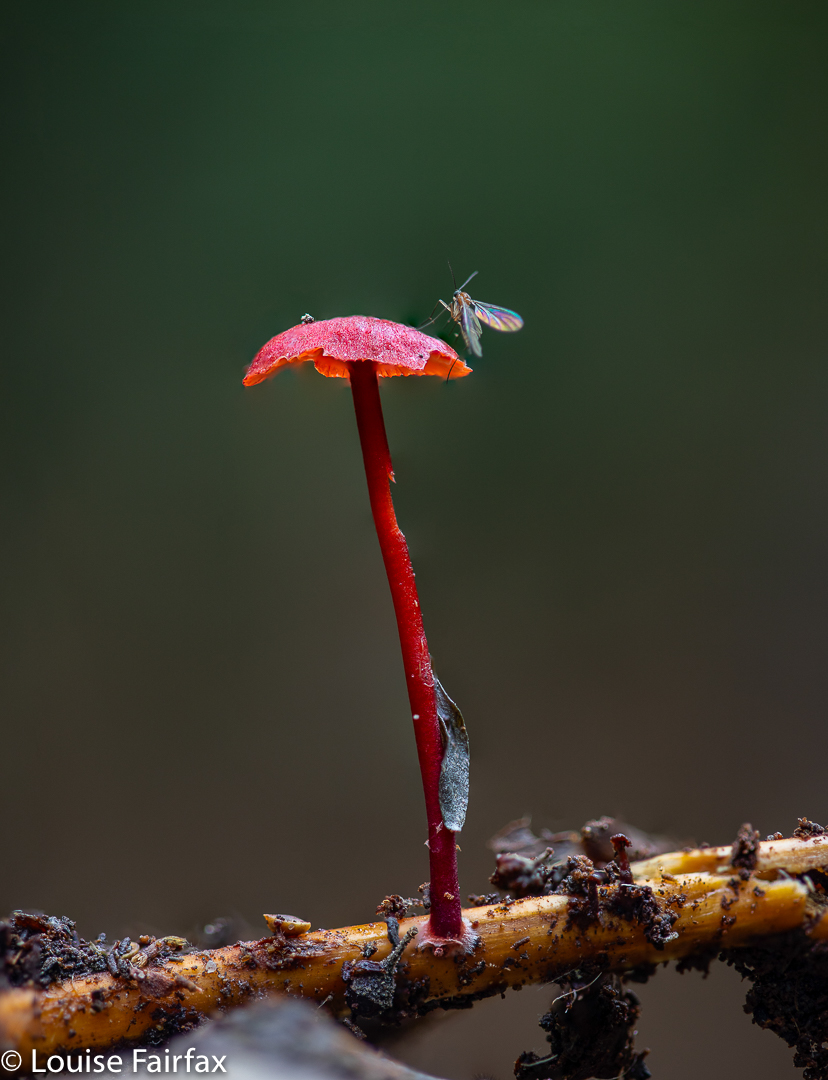
Every day I run my chosen path, delighting in the workout provided by the many hills present, noting en passant the flowers, leaves, flow lines and fungi that line my route. Past the “tourist section” filled with beautiful flowers, pademelons and wallabies I go, and on to my preferred lonely sections of mostly unmaintained paths that are wilder, freer and less populated. Manicured nature does not please me for more than ten minutes or so.
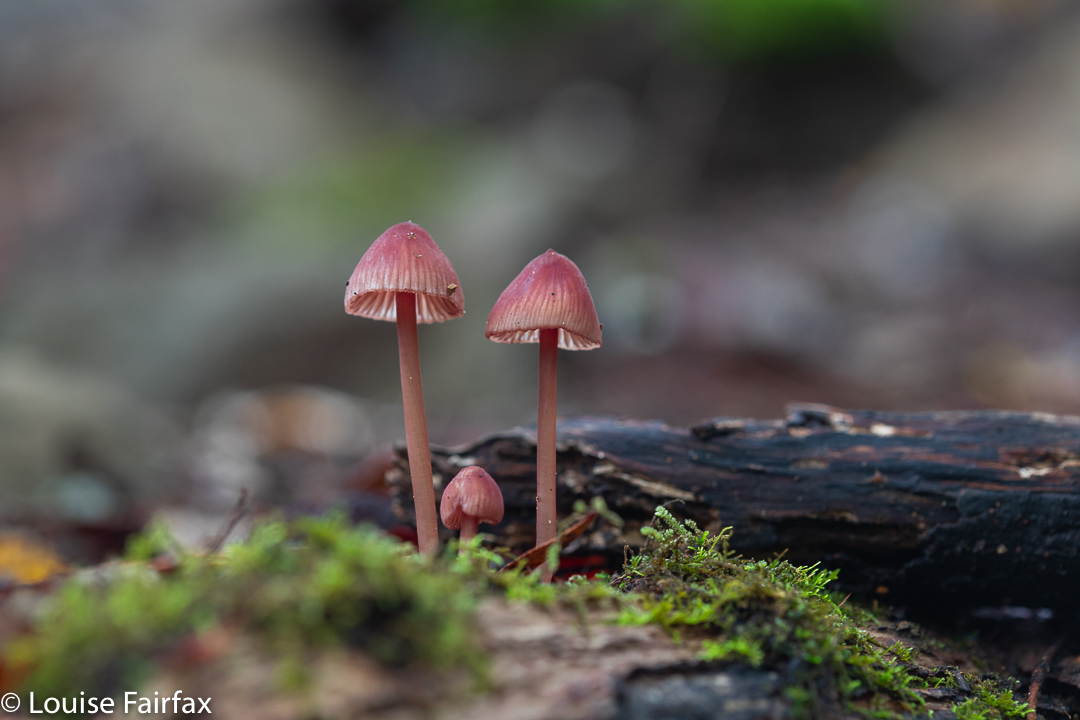
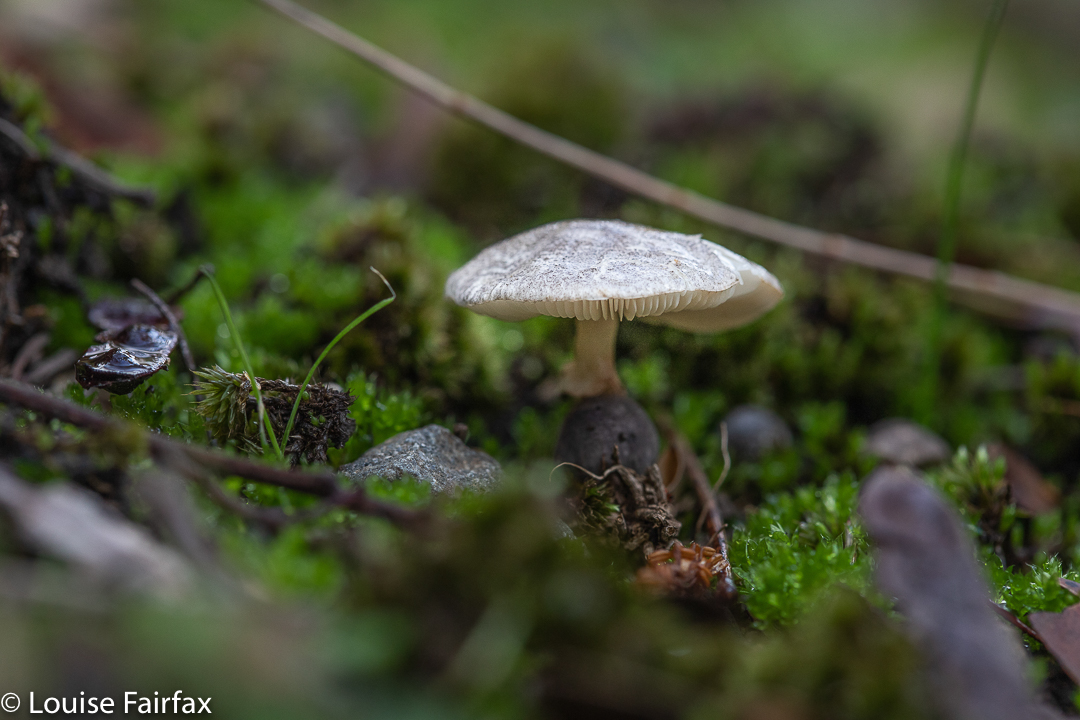
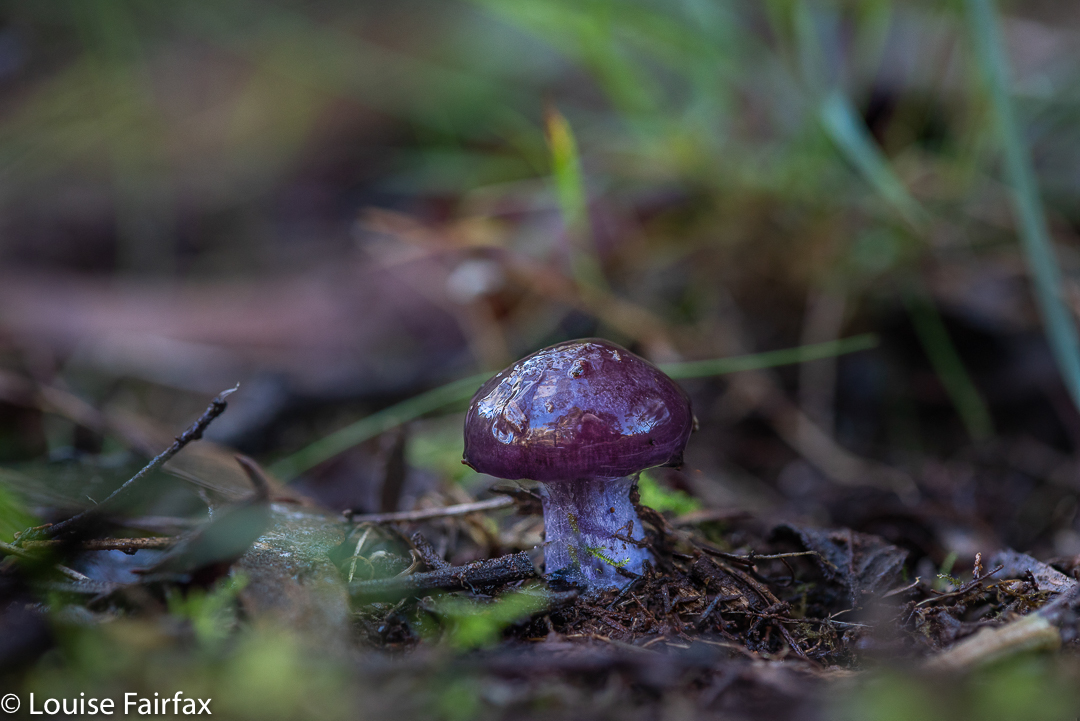
And then came Covid. Australia went into lockdown, but we were still allowed our Gorge. Like cattle, we were herded into the one nice place to go. I figured that if I could smell someone, I could also breathe their germs, and the main gorge paths were now full, seeing’s we were locked out of all National Parks. As the paths were crowded, I spent my runs holding my breath and gasping for air once I found an empty spot. I had to change the paths on which I ran. This led to new opportunities, and I have never returned to my old route. I still haven’t worked out how you can claim that herding the citizens into a small area and locking them out of the wide open spaces provided by National Parks helps prevent the spread of disease. Such a rule also locks us out of spiritual space that many of us need for our personal peace. As soon as they made the announcement, I said: “They’ll have a massive mental health bill to pay”, and my words have unfortunately proven to be correct.
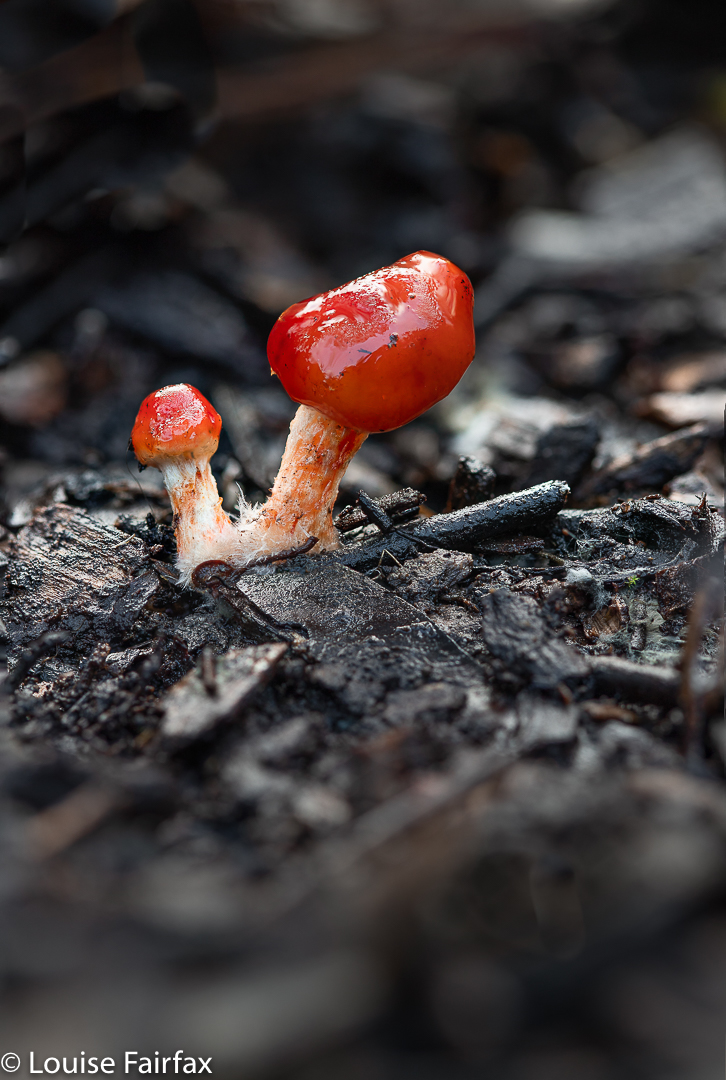
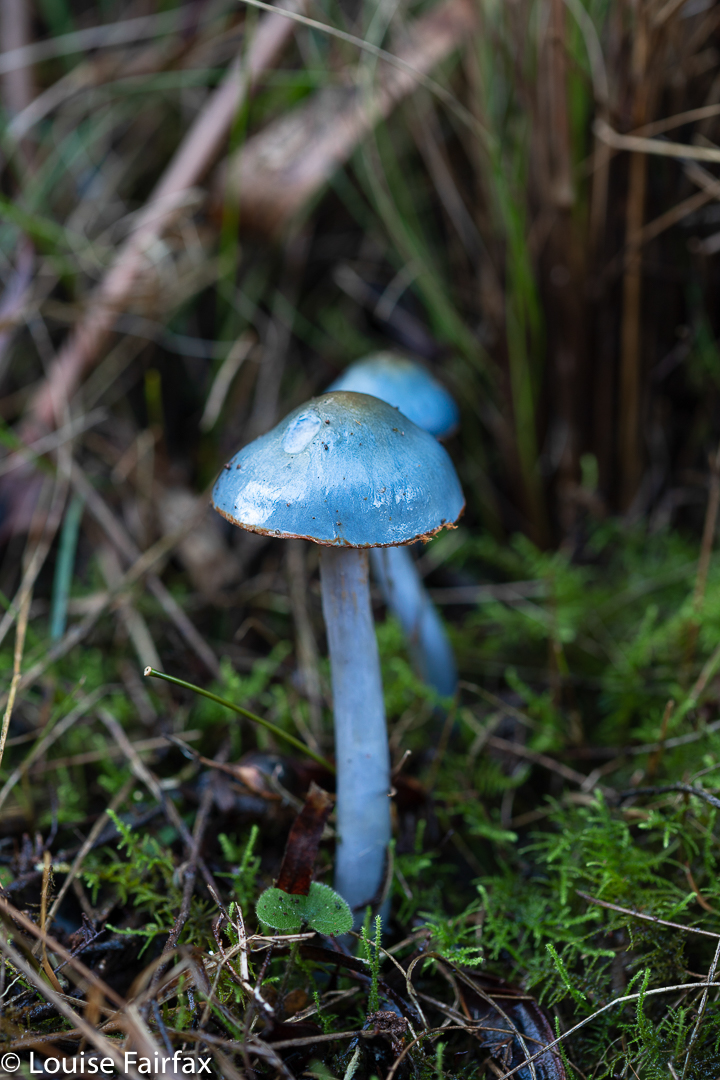
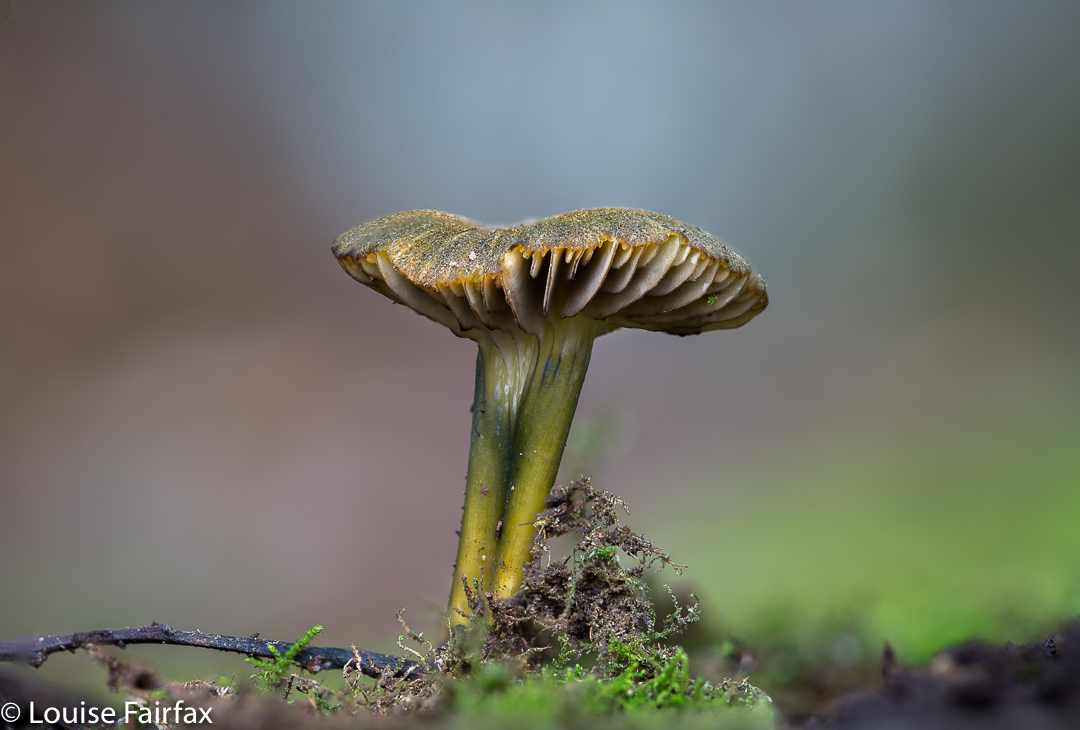
In order to find space in the gorge, I began to explore off-track areas and tiny paths that had not previously called me. My rewards were many, and the number of new fungi genera and species that I found in these conditions has been a massive bonus. I have continued with my “covid routes”, even though lockdown ended over a year ago. And I continue to find wonderful fungi.
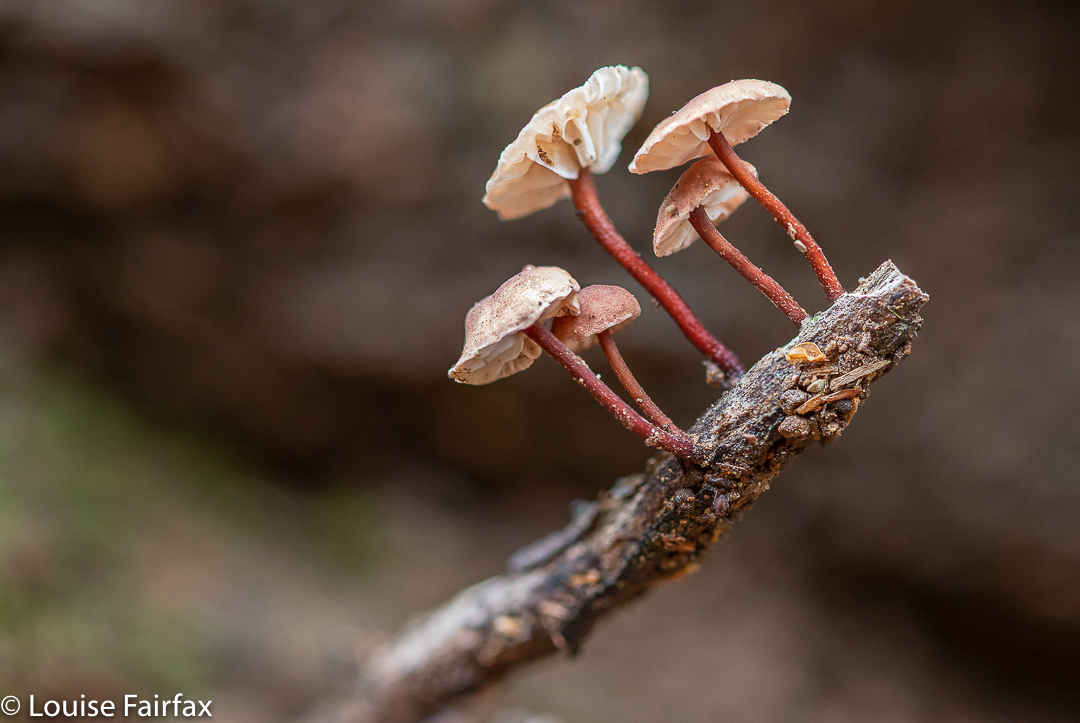
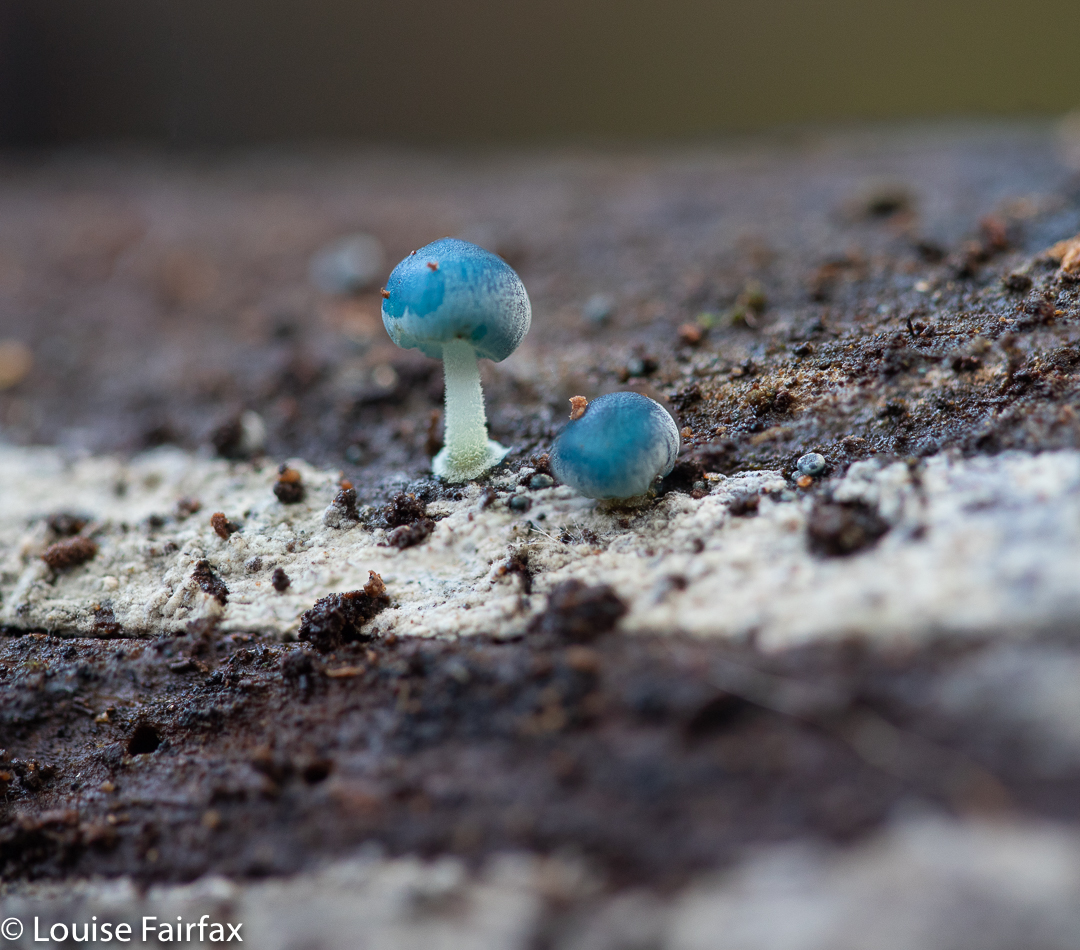
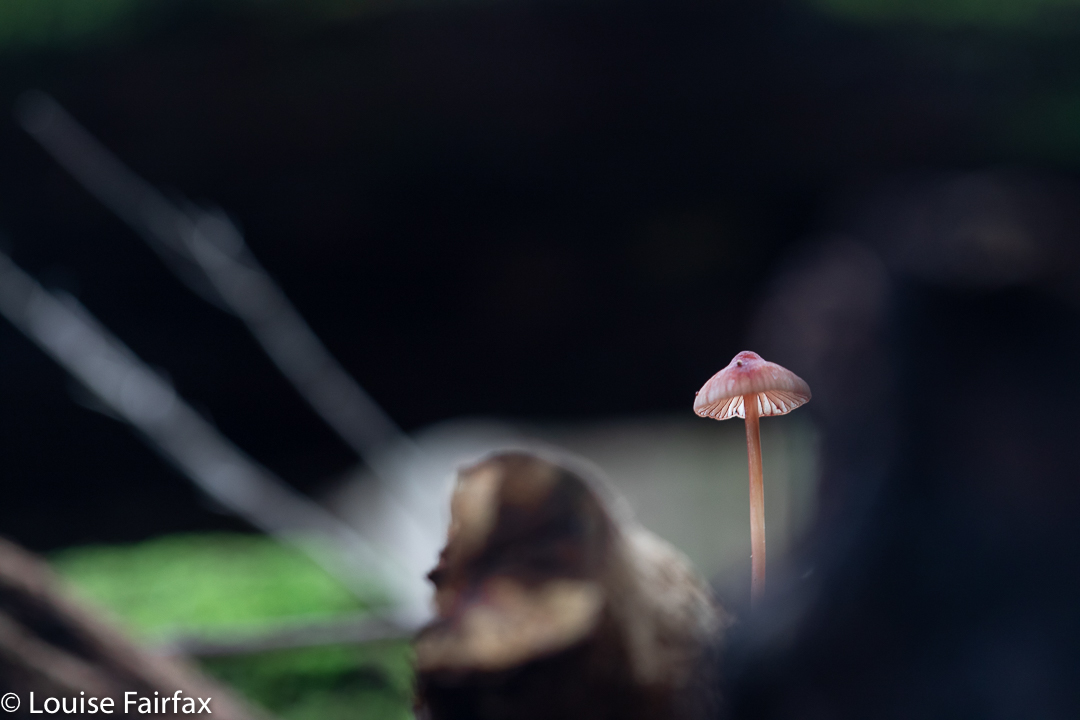
Here is a collection of 20 or so favourites from the gorge. You will see my natural instinct is to favour the small and dainty ones. However, I also love many of the larger ones as well. Space does not permit me to show everything.
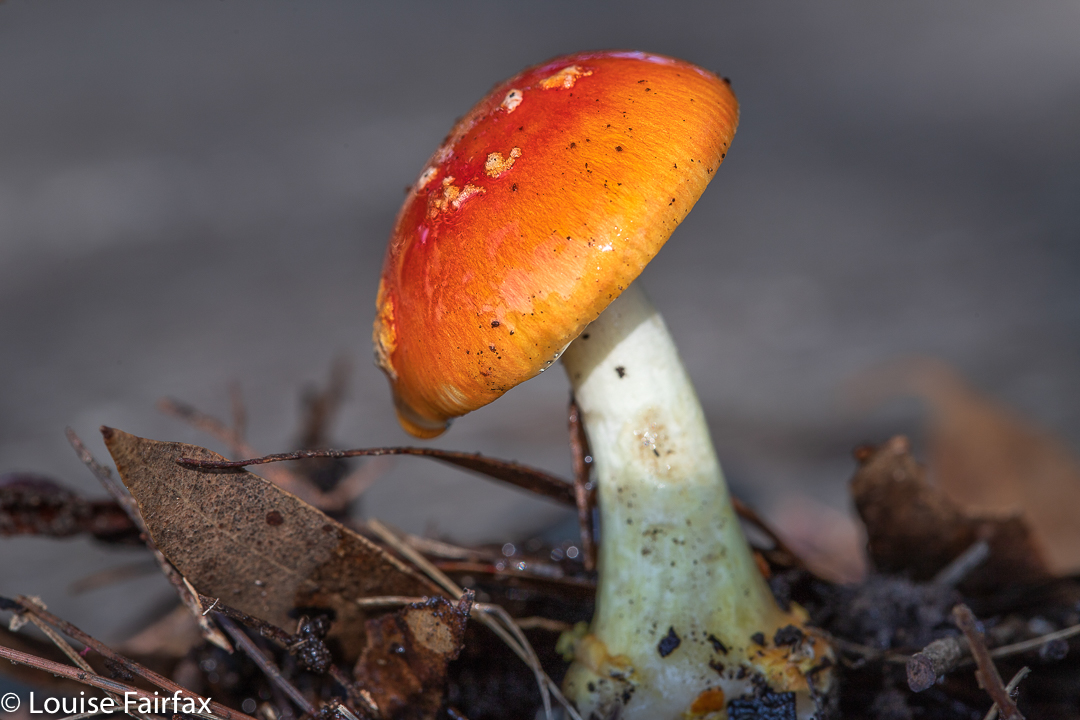
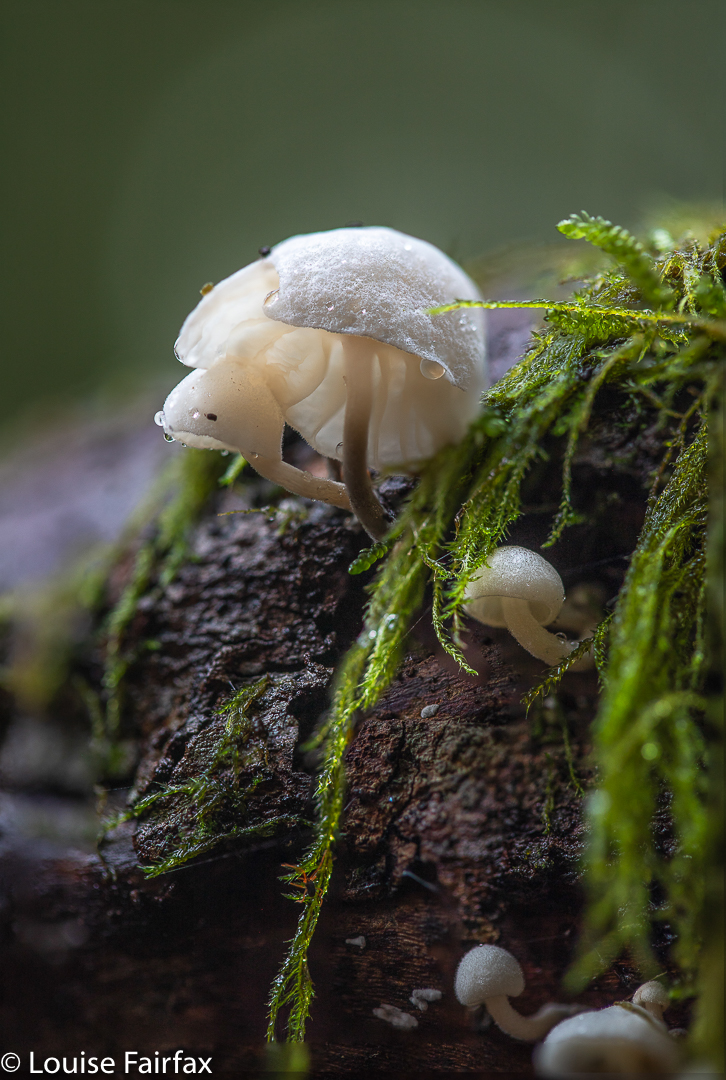
Amongst the genera and species not shown here, just in case you’d like a full check-list of what I have found and photographed in the gorge, are the following:
Agaricus austrovinaceus
Agaricus marzipan
Amanita carneiphylla
Amanita pagetodes
Armillaria luteobubalina
Austropaxillus muelleri
Byssomerulius corium
Callistosporium ‘dry red’
Cantharellus concinnus
Chlorociboria aeruginascens
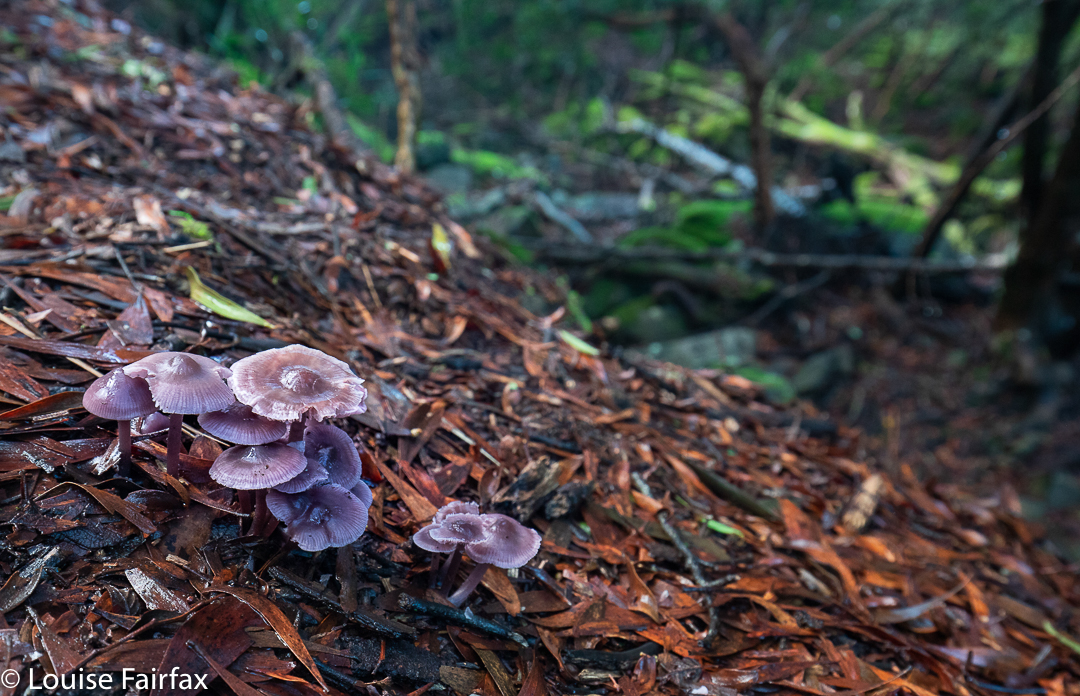
Chlorophyllum brunneum
Clitocybe semiocculta
Clitopilus pseudopiperitis
Coprinellus disseminatus
Cortinarius ‘green gills’
Cortinarius austrovenetus
Crepidotus orange
Crepidotus variabilis
Datronia brunneoleuca
Dictyopanus pusillus
Entoloma albidosimulans
Entoloma purpureofuscum
Entoloma rodwayi
Entoloma sepiaceovelutinum
Inocybe sp
Laccaria sp
Lepista nuda
Leucopaxillus amarus
Limacella pitereka
Macrolepiota clendandii
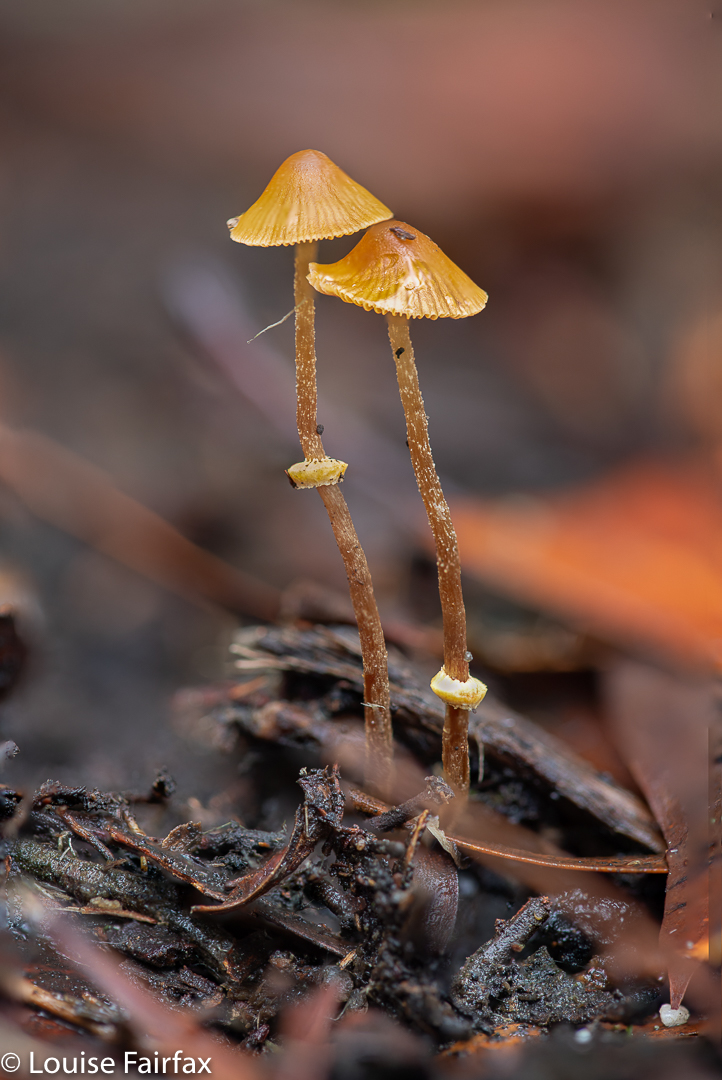
Mucronella pendula
Mycena albidocapillaris
Mycena austrofilopes
Mycena carmeliana
Mycena cystidiosa
Mycena subgalericulata
Omphalotus nidifomis
Oudemansiella gigaspora
Postea dissecta
Pseudomerulius curtisii
Rhodocollybia butyracea
Rickinella fibula
Russula persanguinea
Singerocybe clitoboides
Stereum ochraceoflavum
Tyromyces merulinus
There are others that I have seen but either I have not got around to photographing them, or couldn’t ID them, so saw little point. Some of the “big browns” and “big whites” are rather challenging to ID.
I hope there are no misprints, typos or false IDs. Please alert me if you spot errors. There is far too much misinformation in the web. I do not wish to be part of it! I hope you have enjoyed seeing what our gorge has to offer.
